Some of our clients










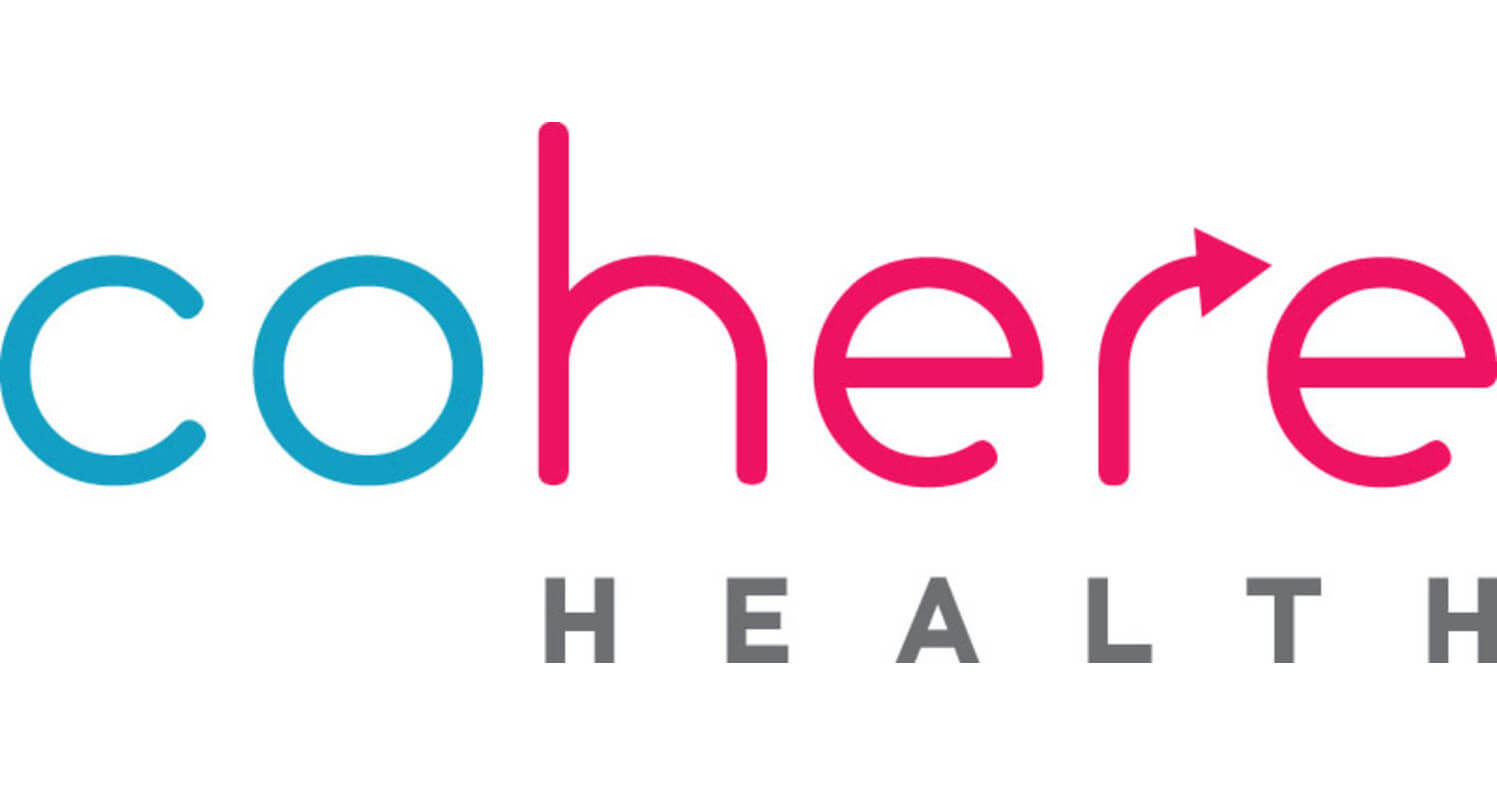
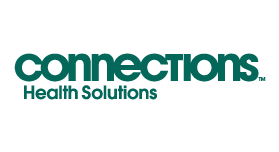

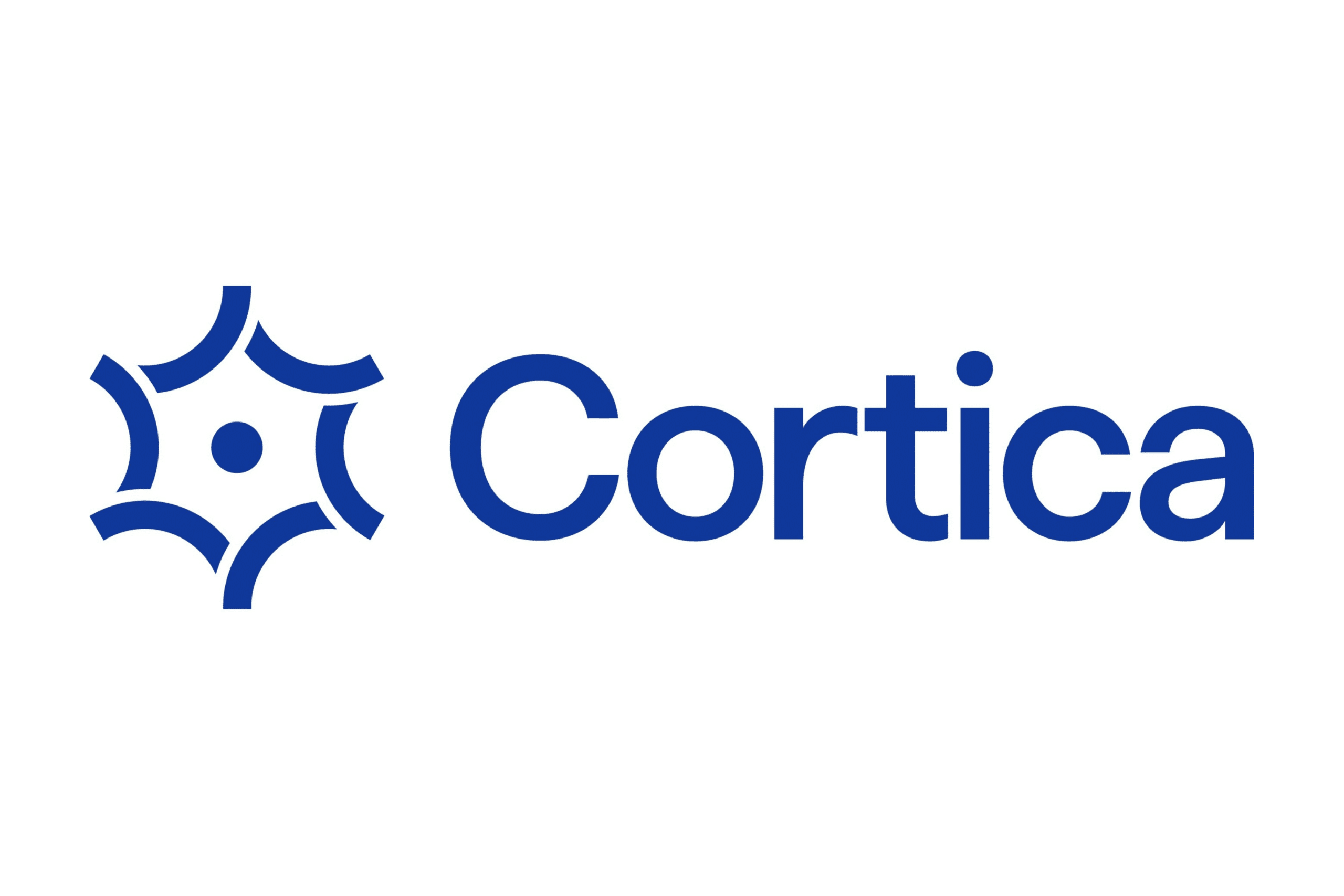


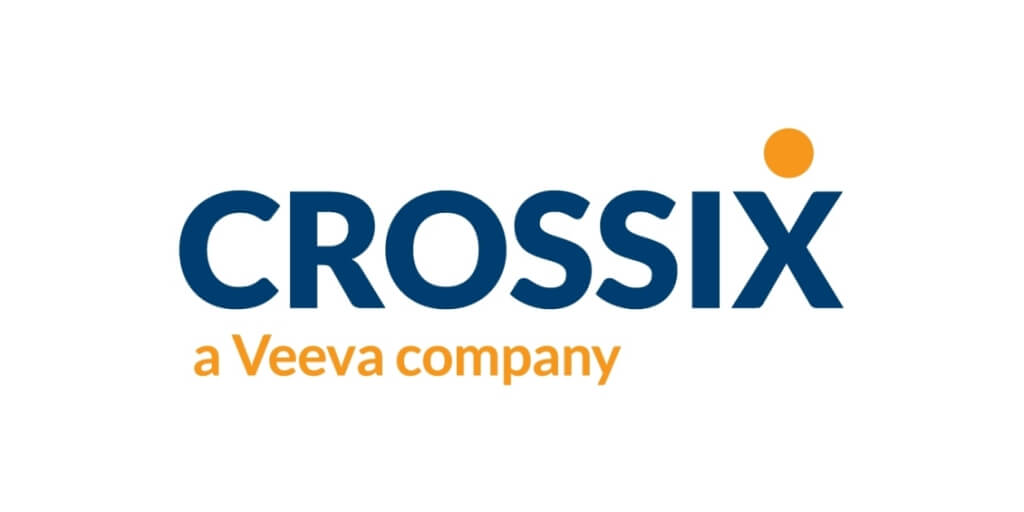



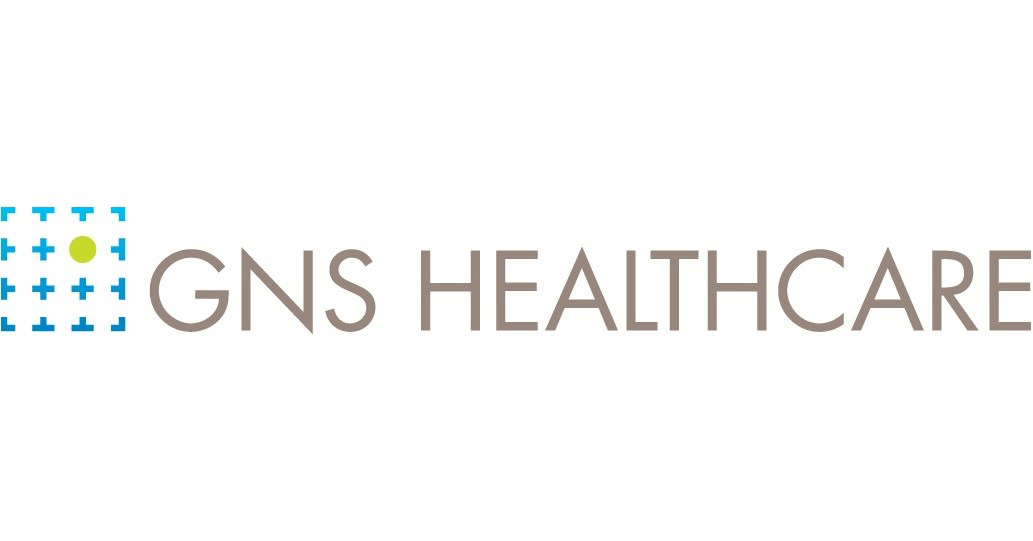
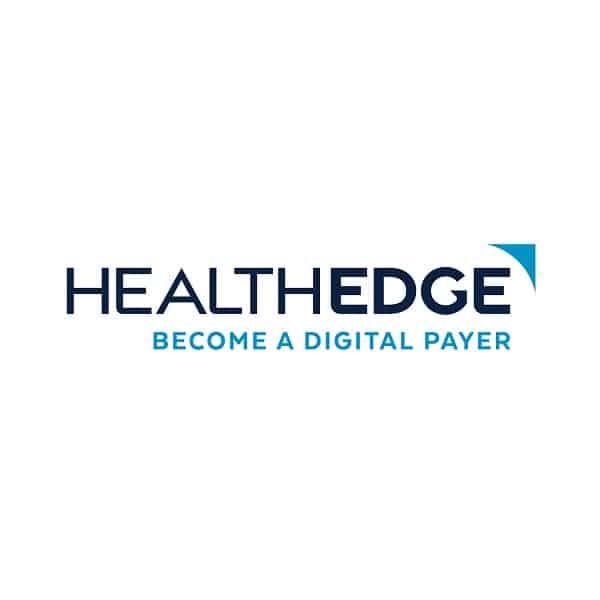





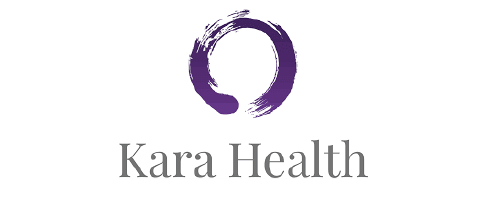



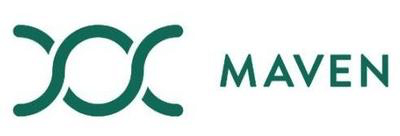




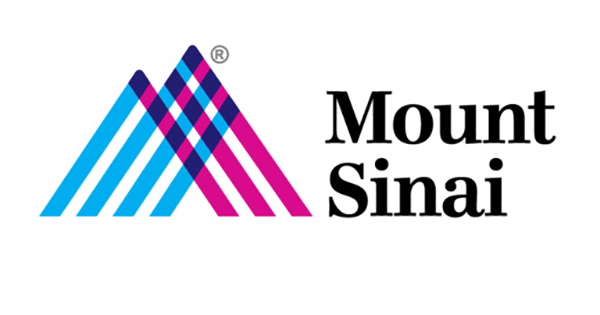




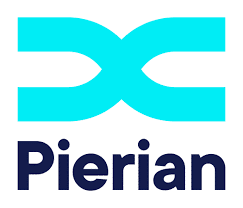
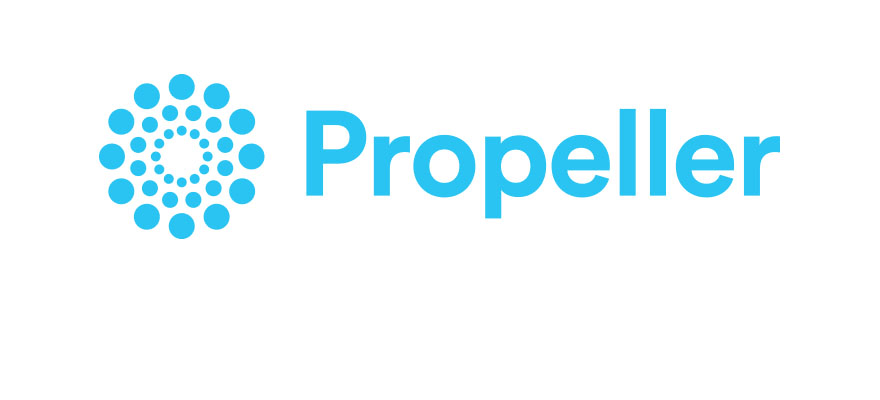


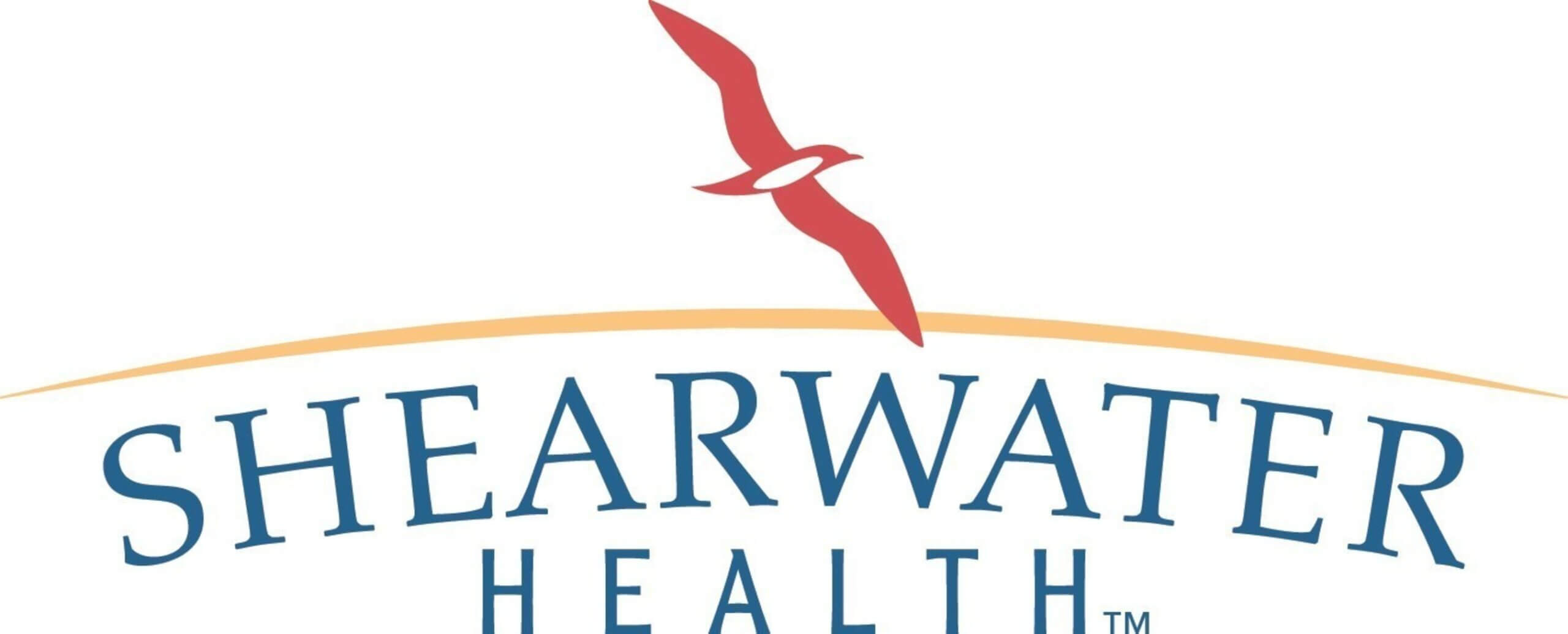






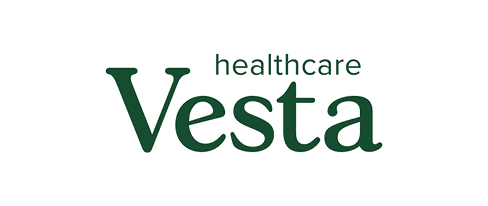










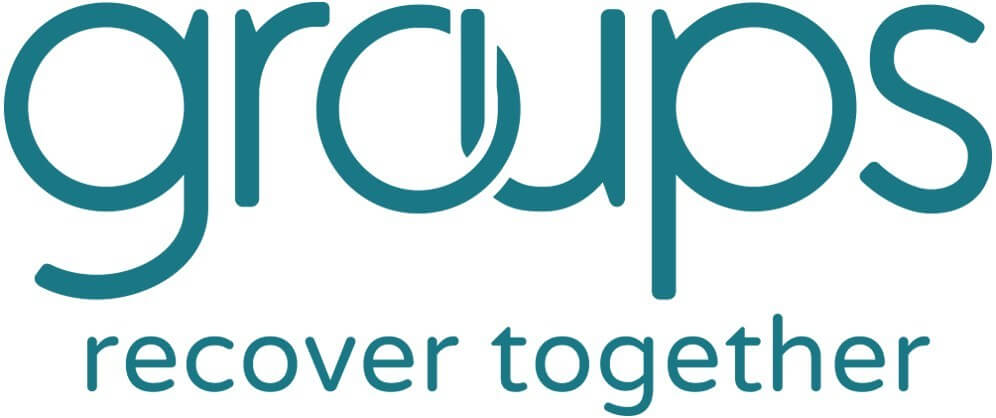

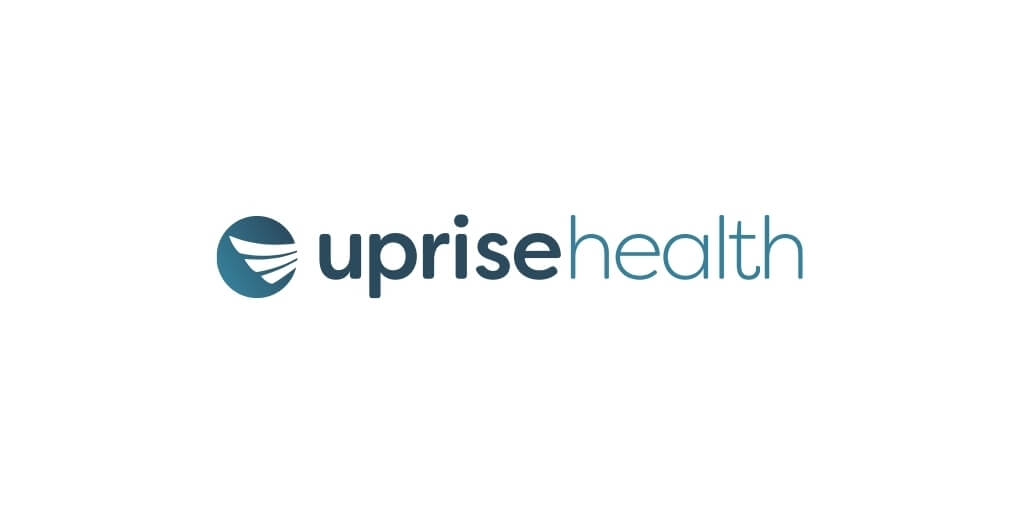


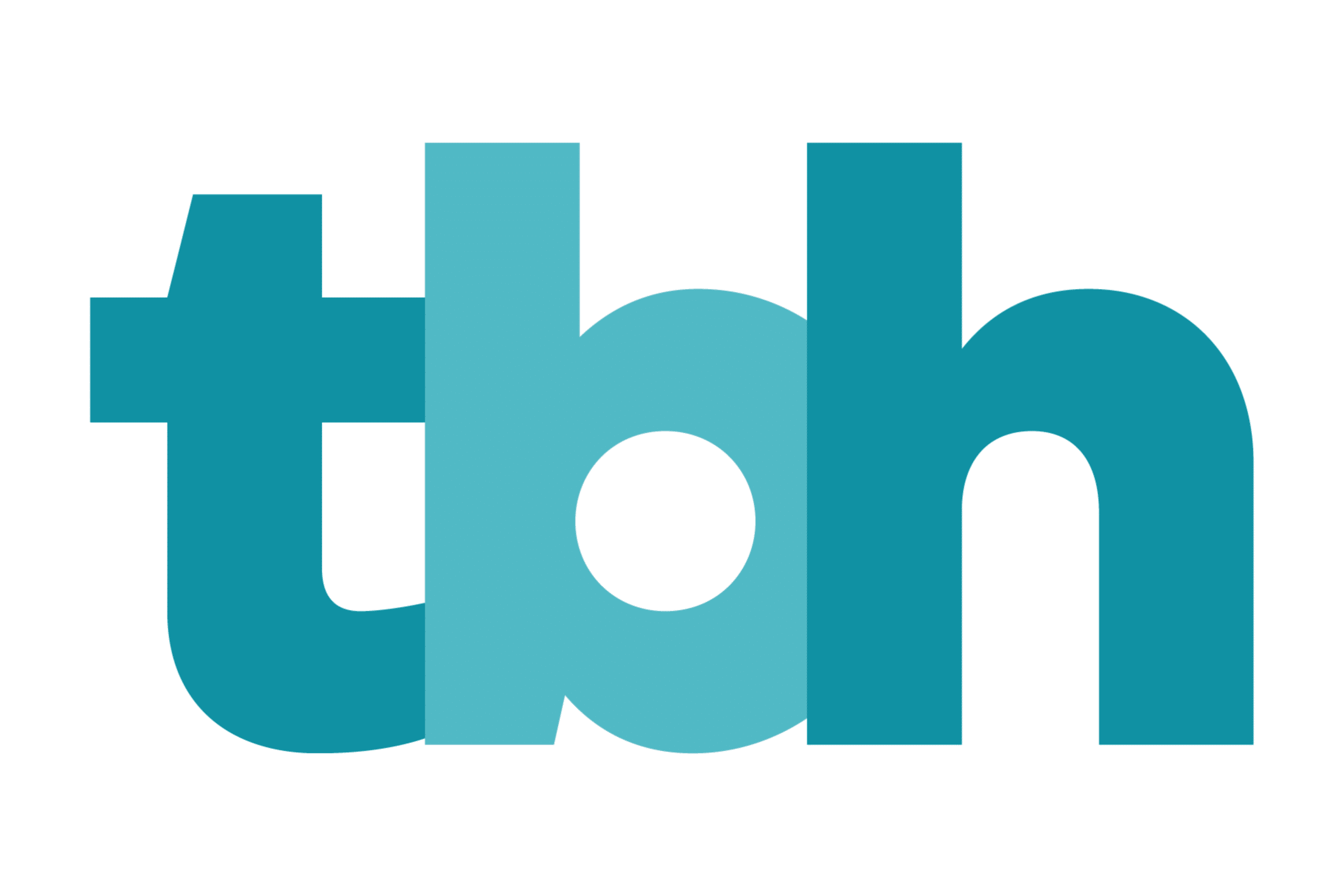






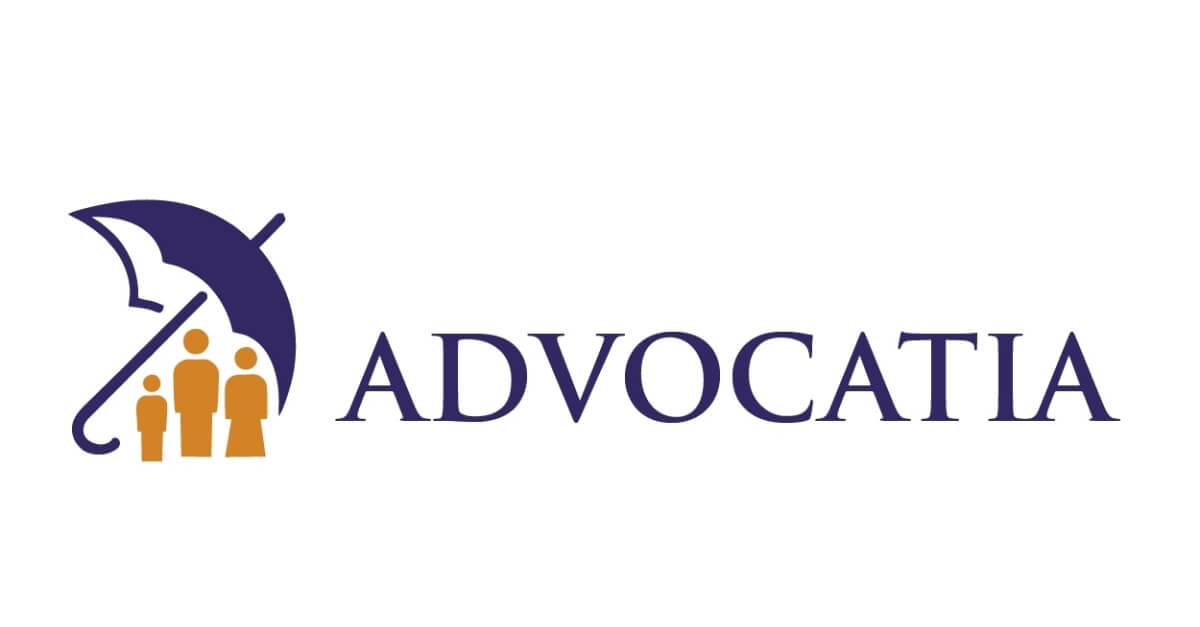
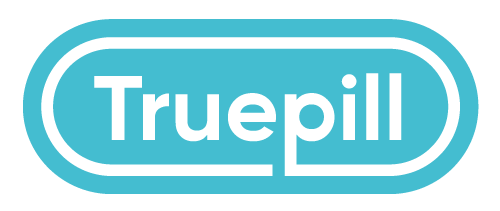
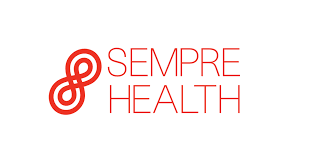
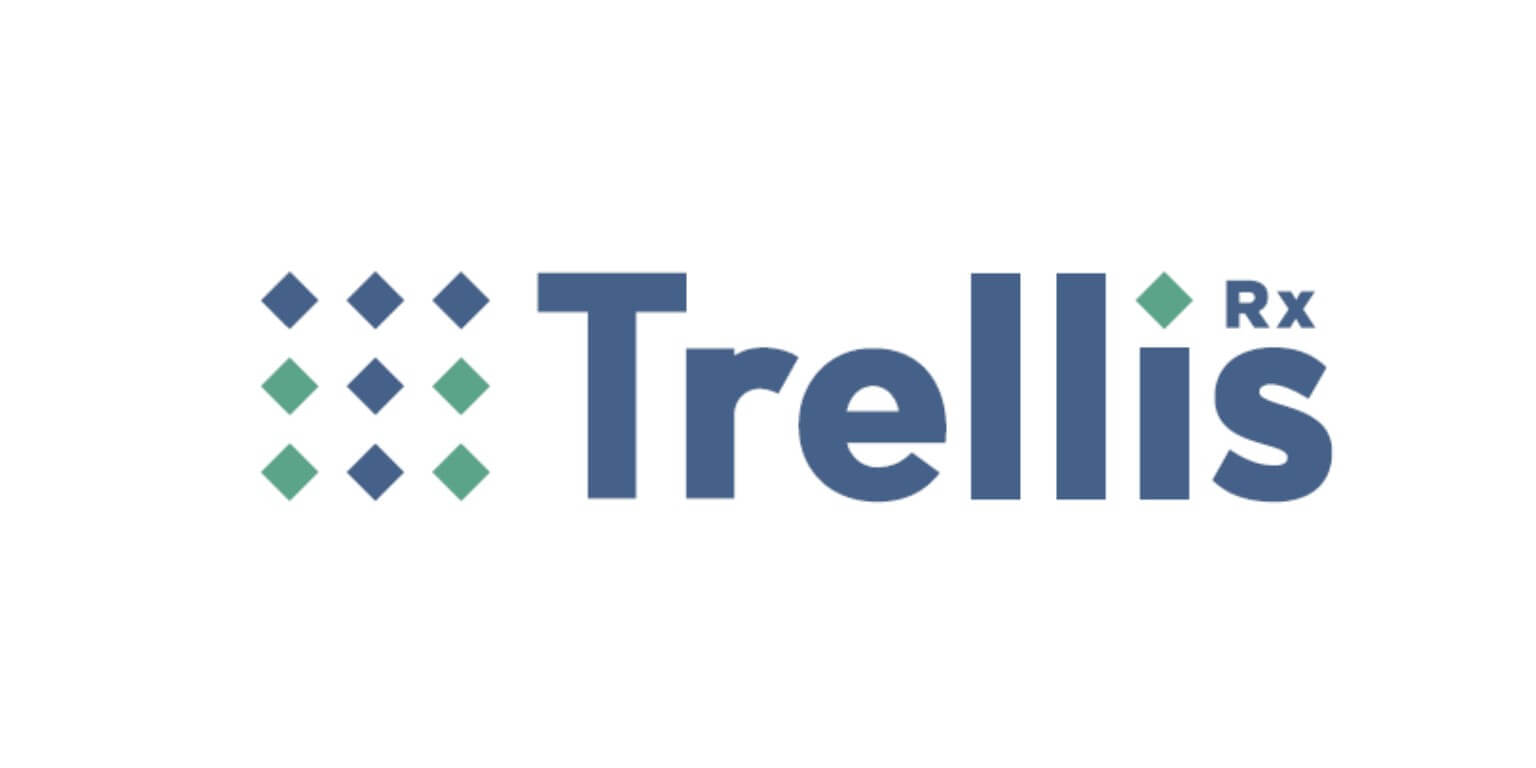

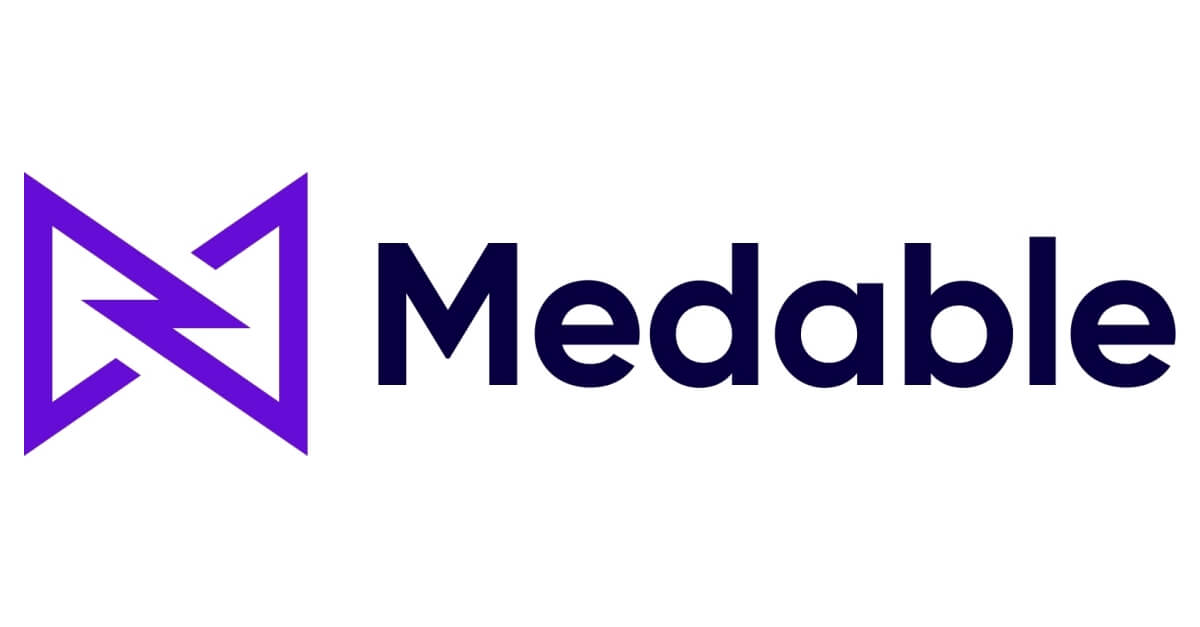


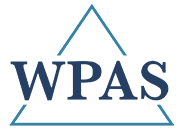

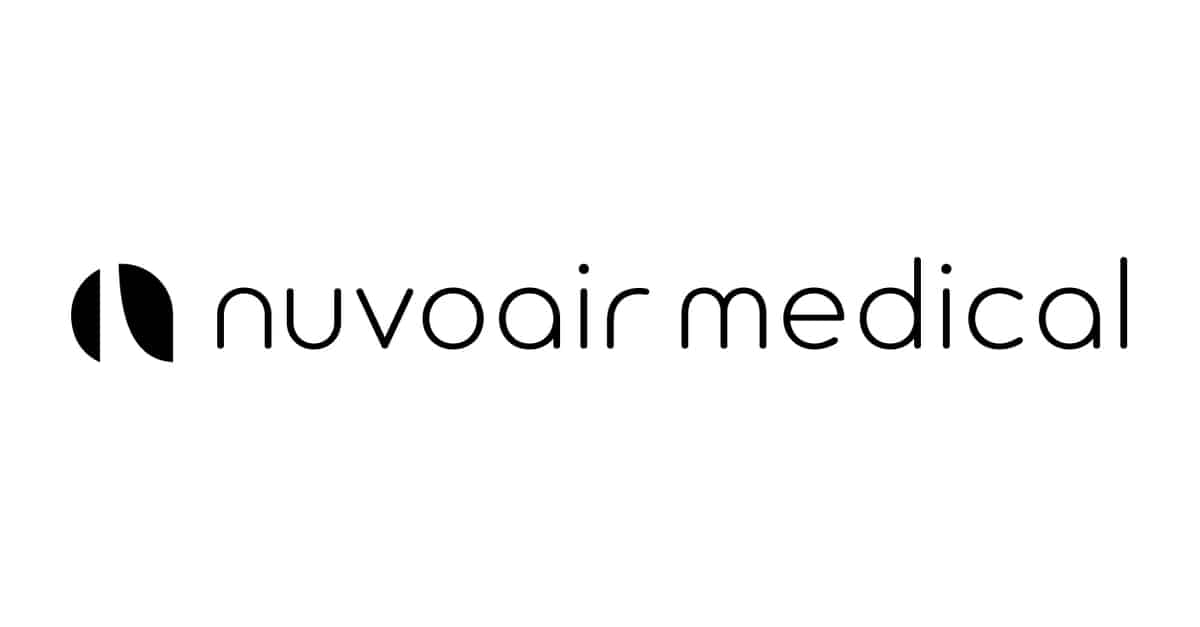


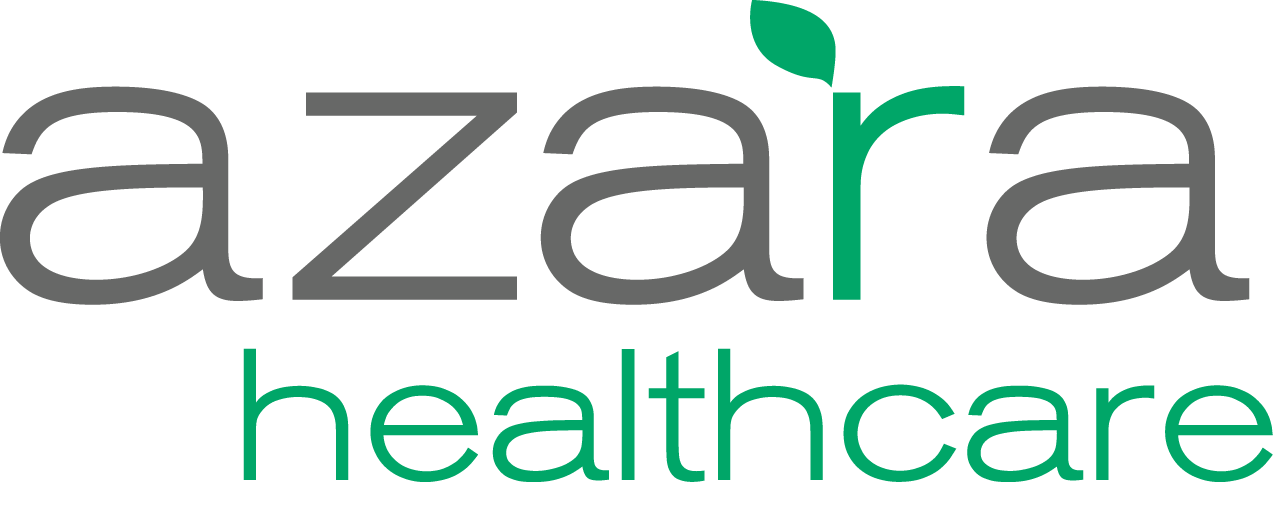


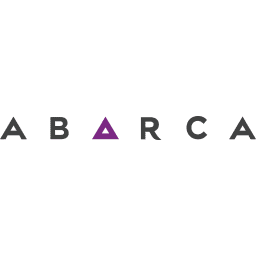







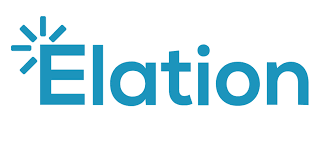

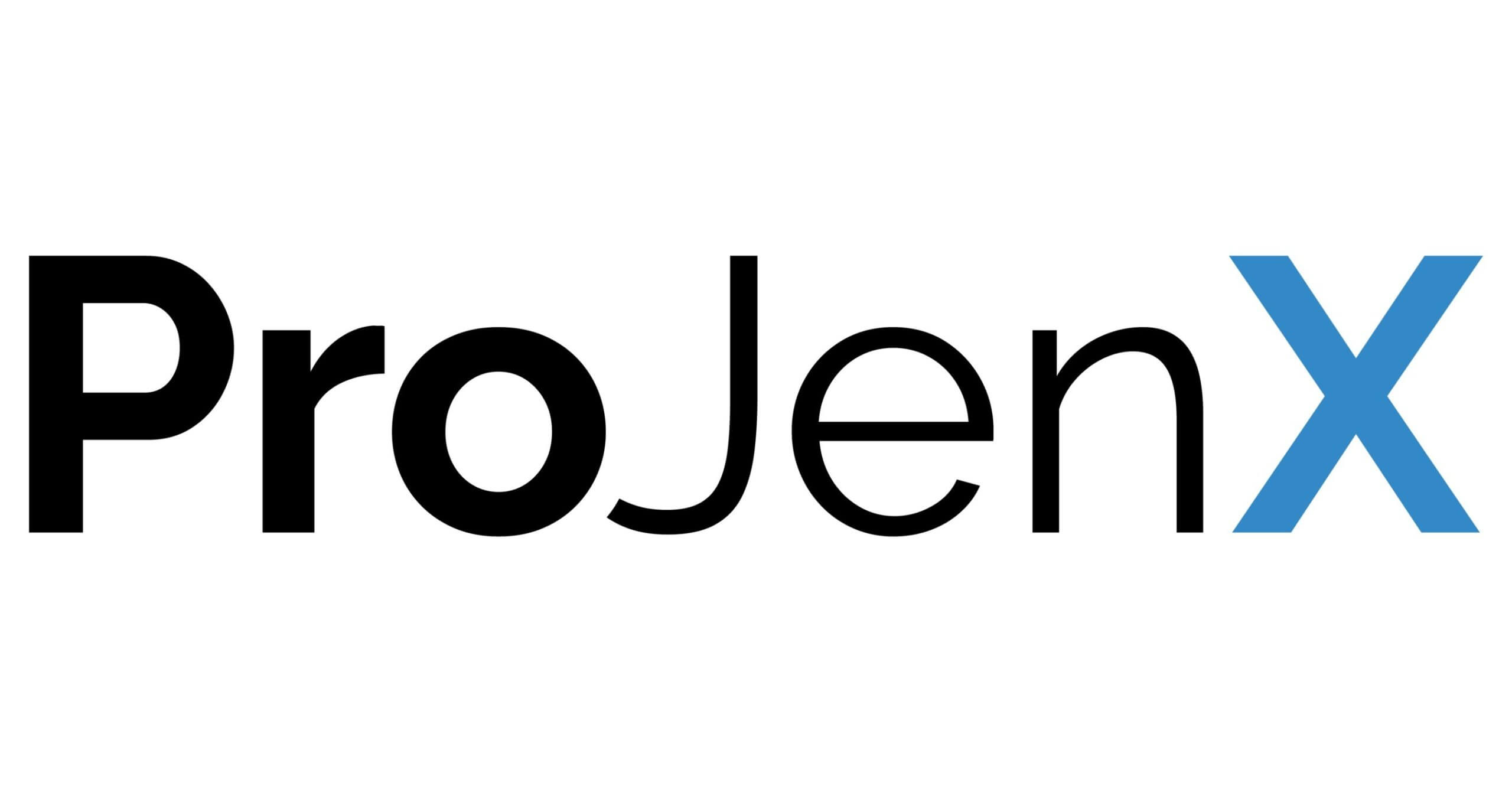








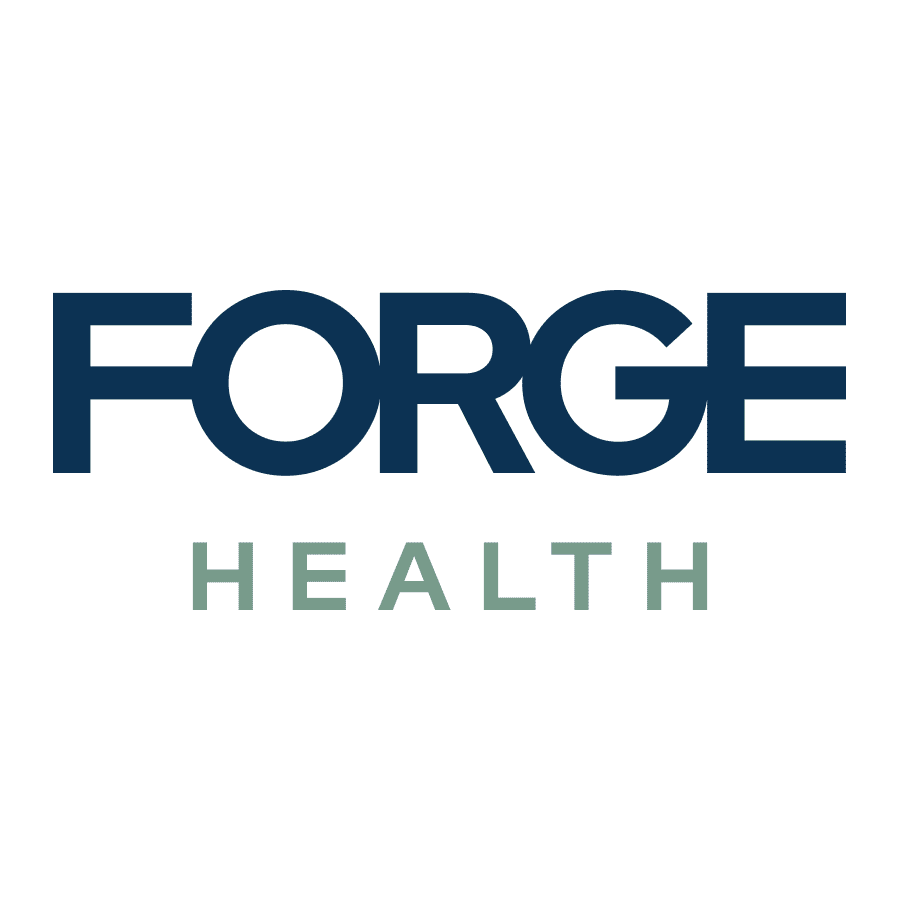
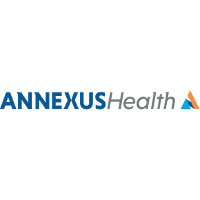
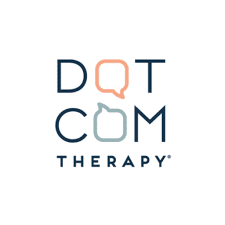
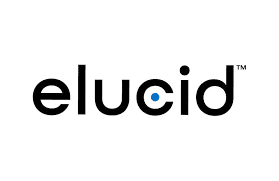

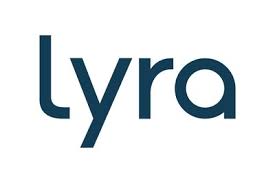


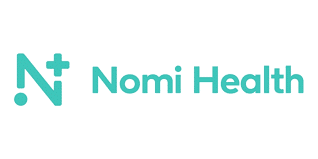



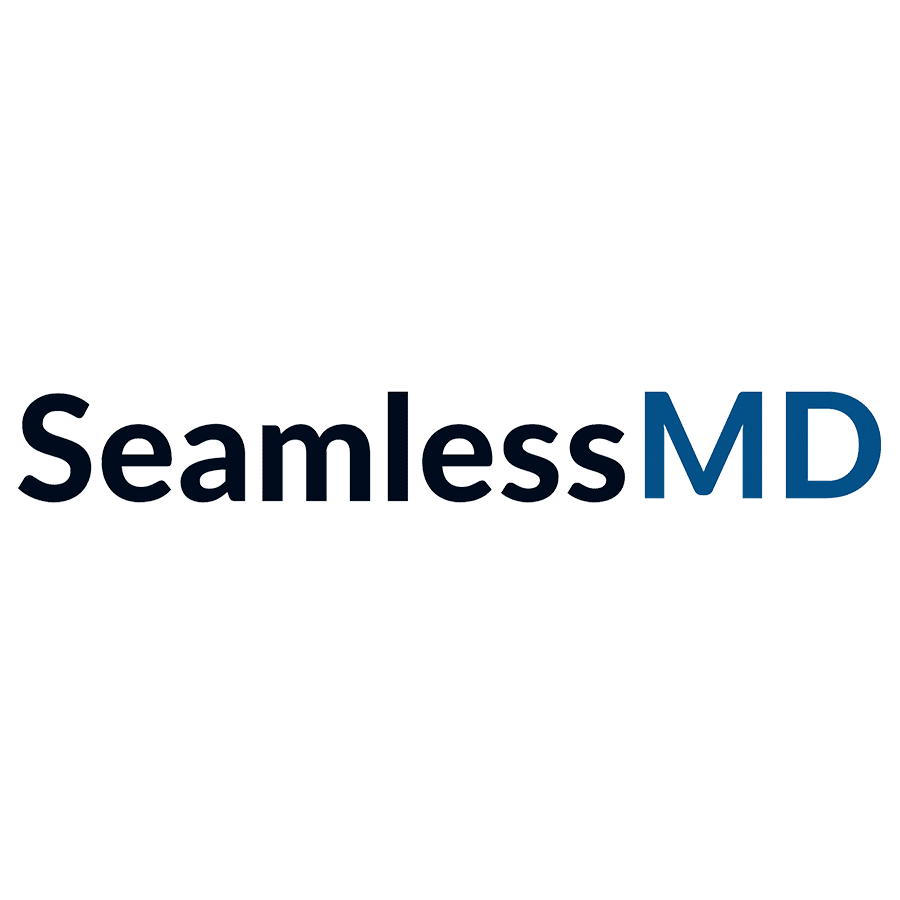
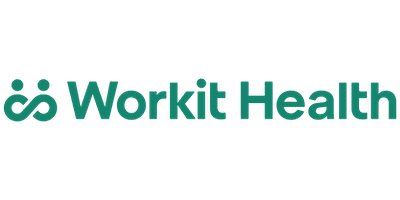










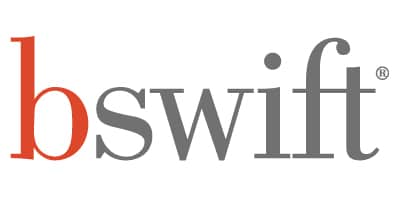





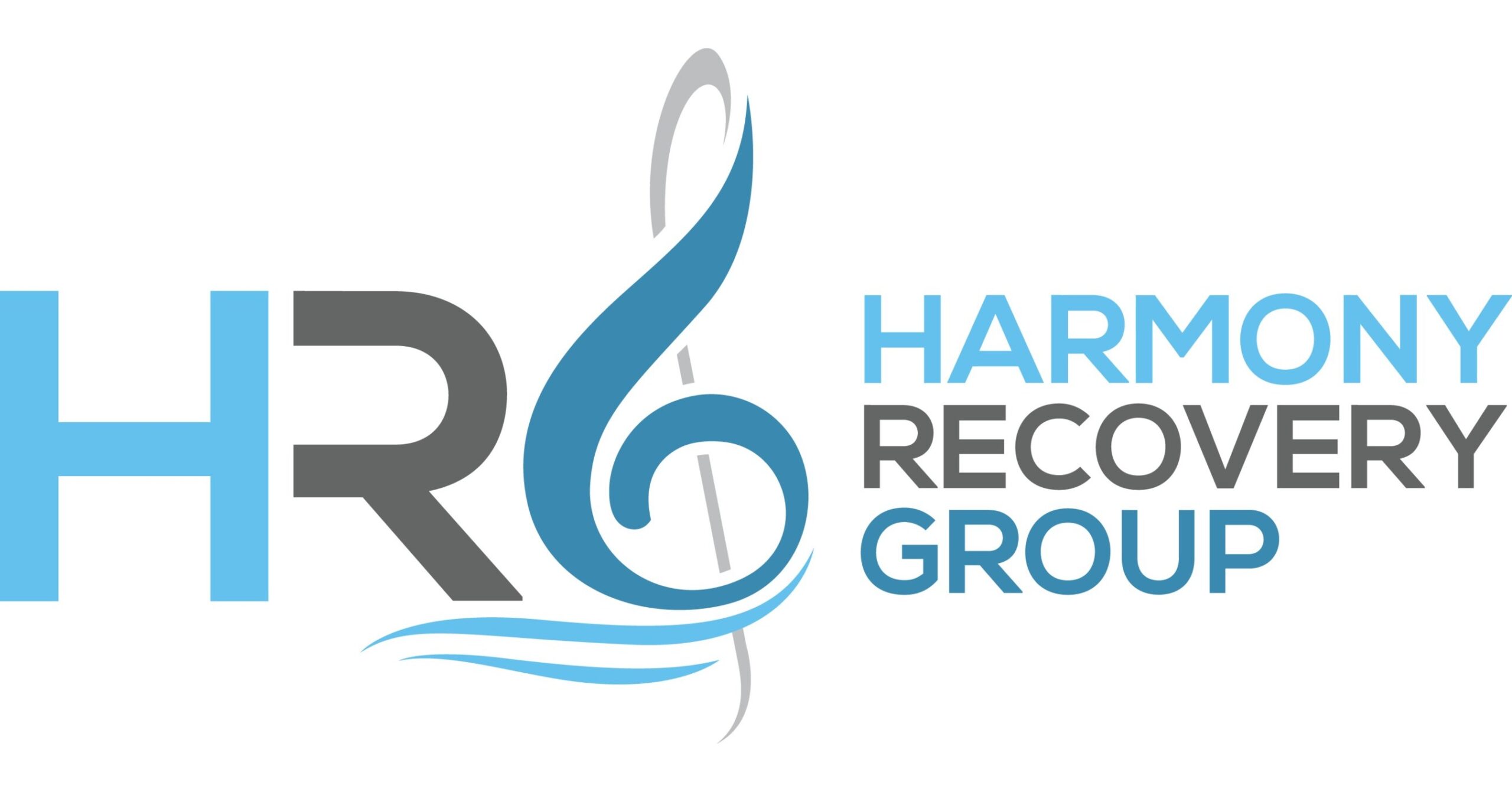

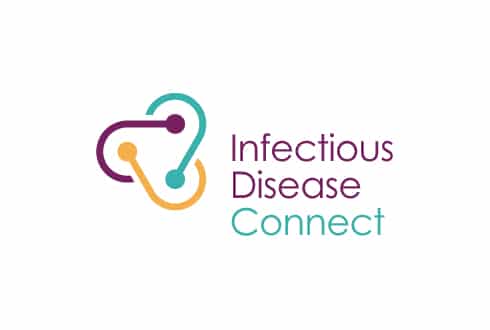
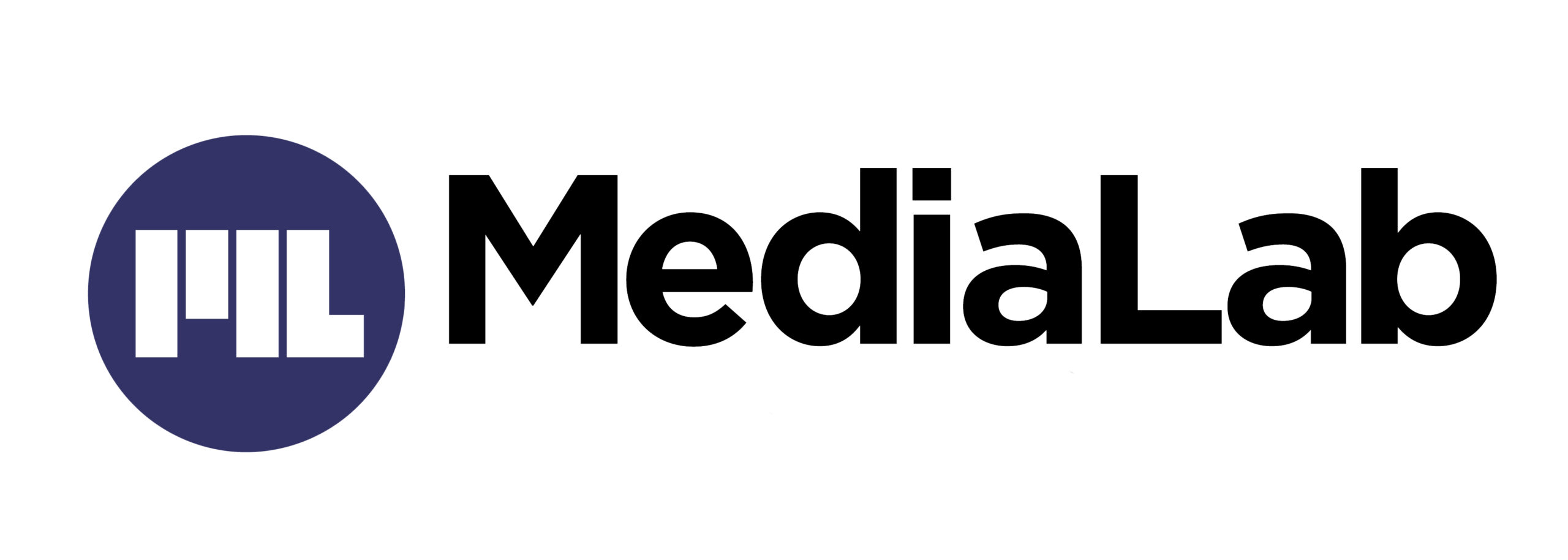

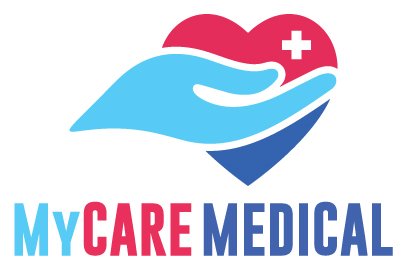





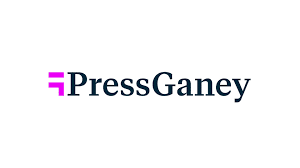
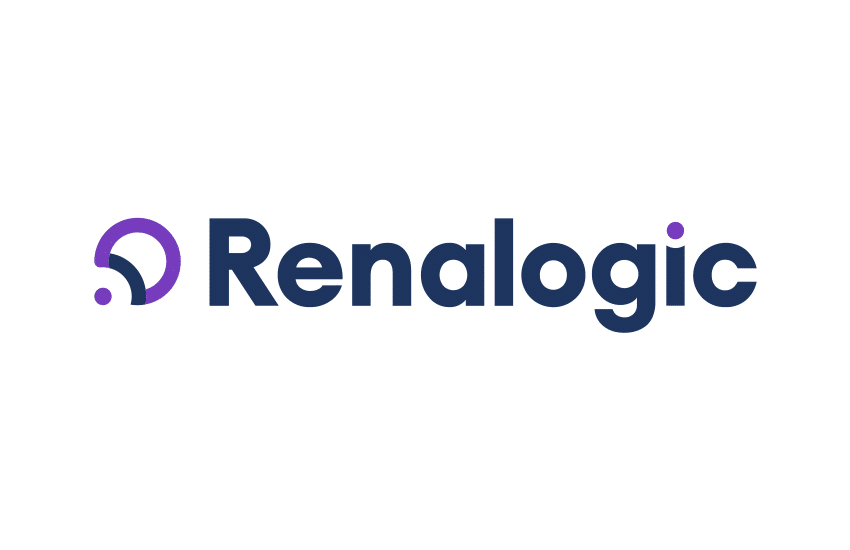

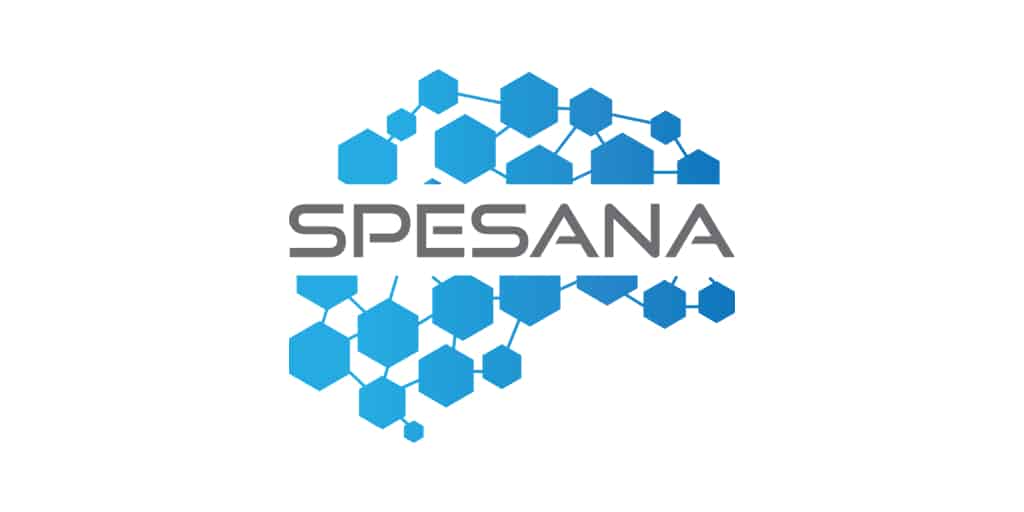

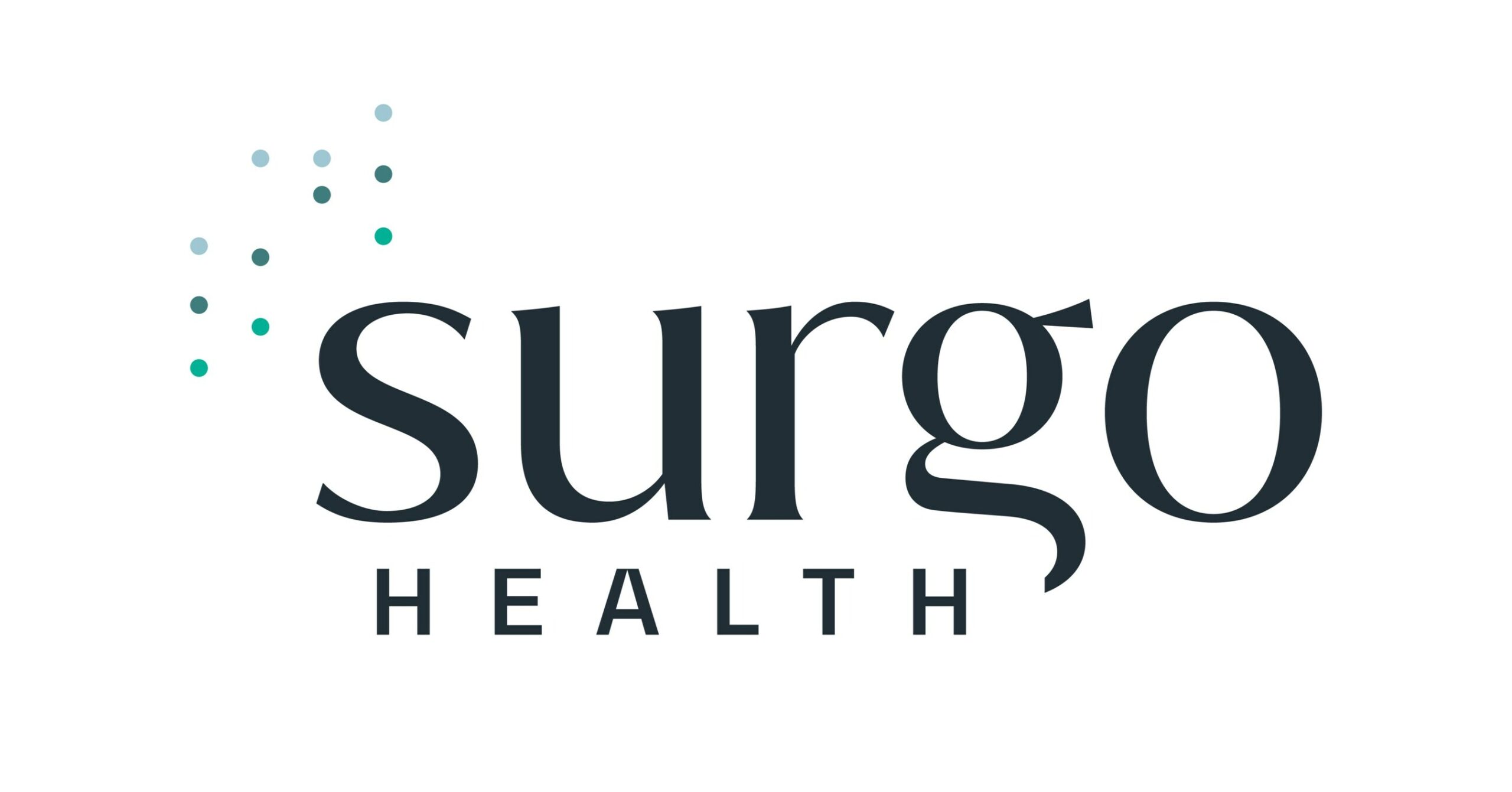


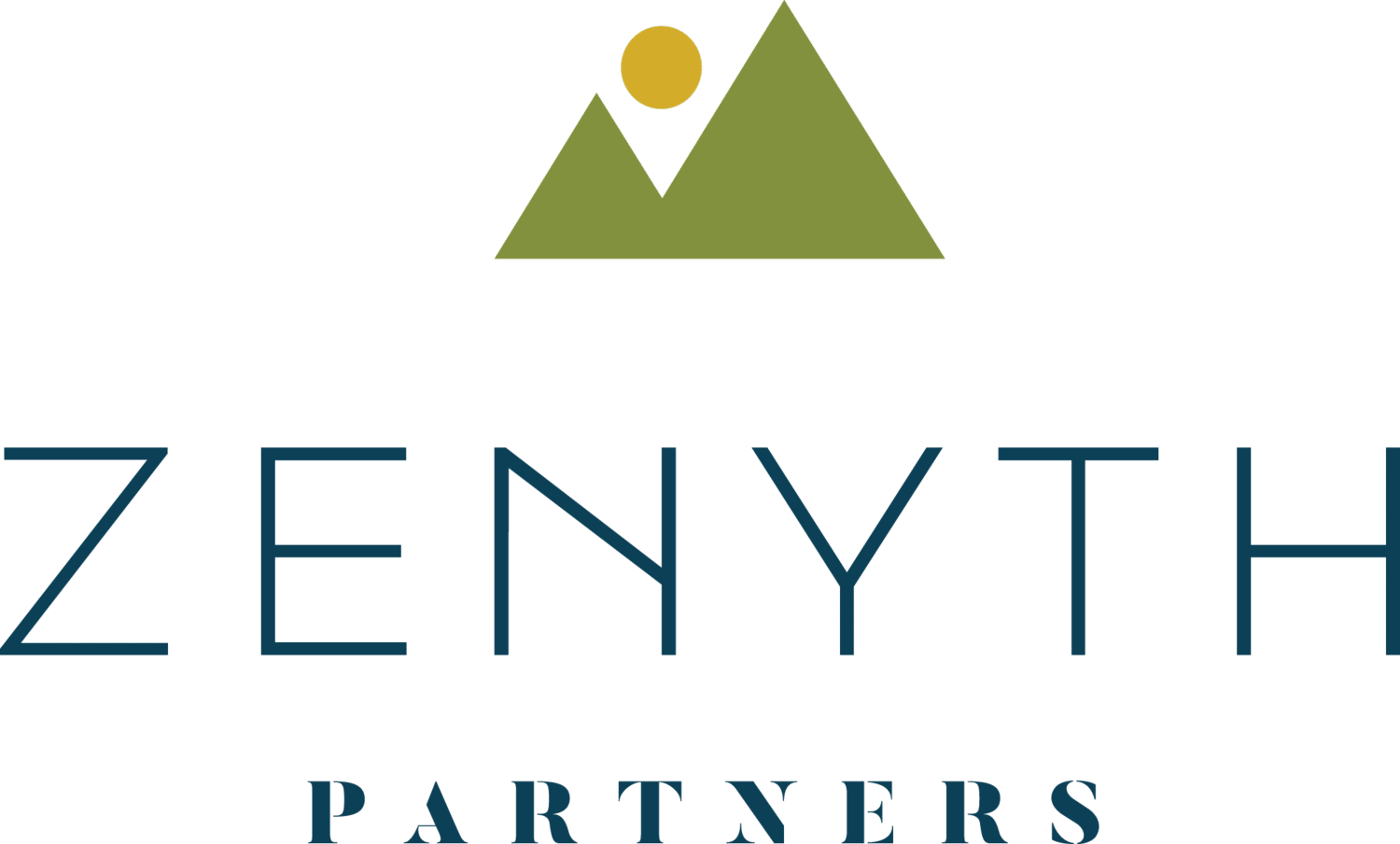

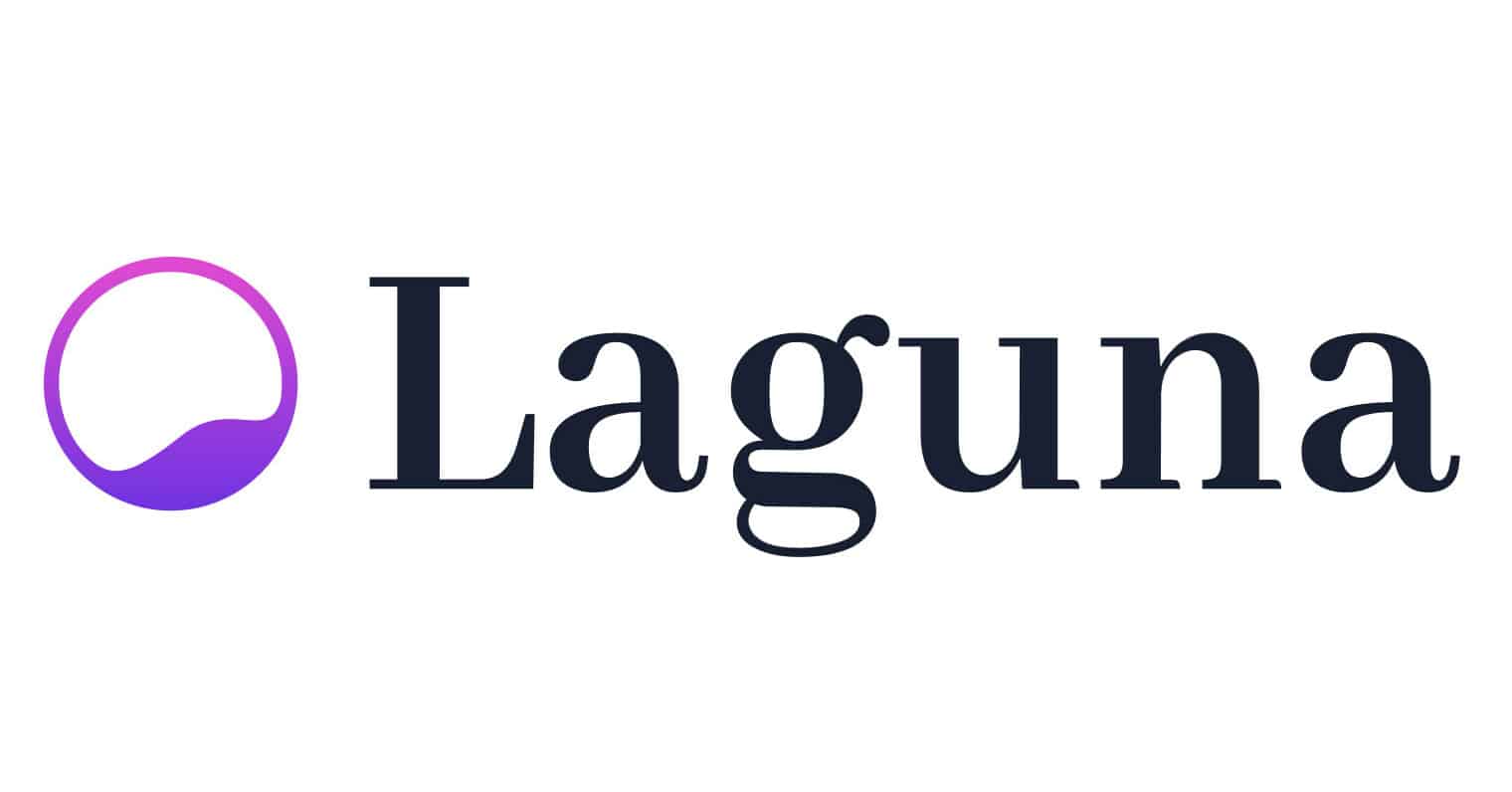

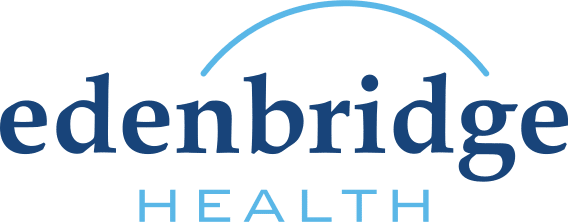
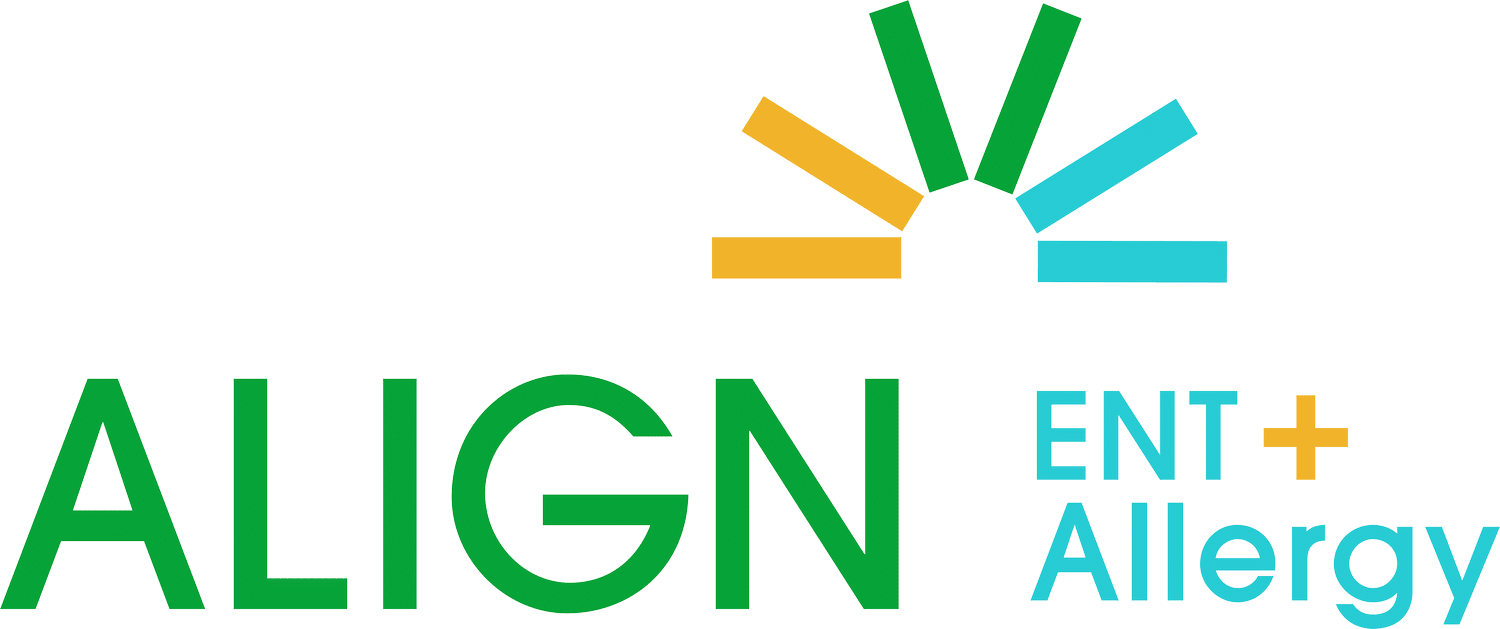











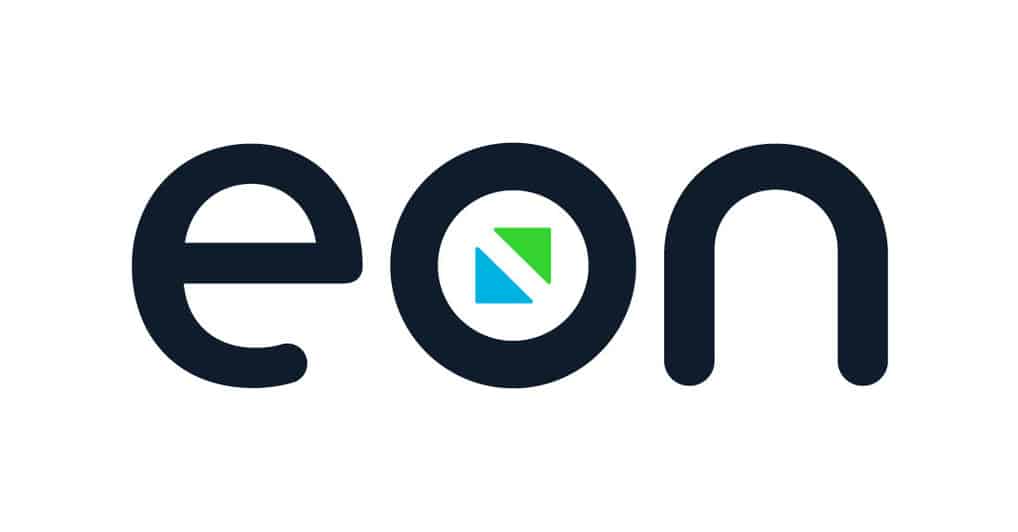

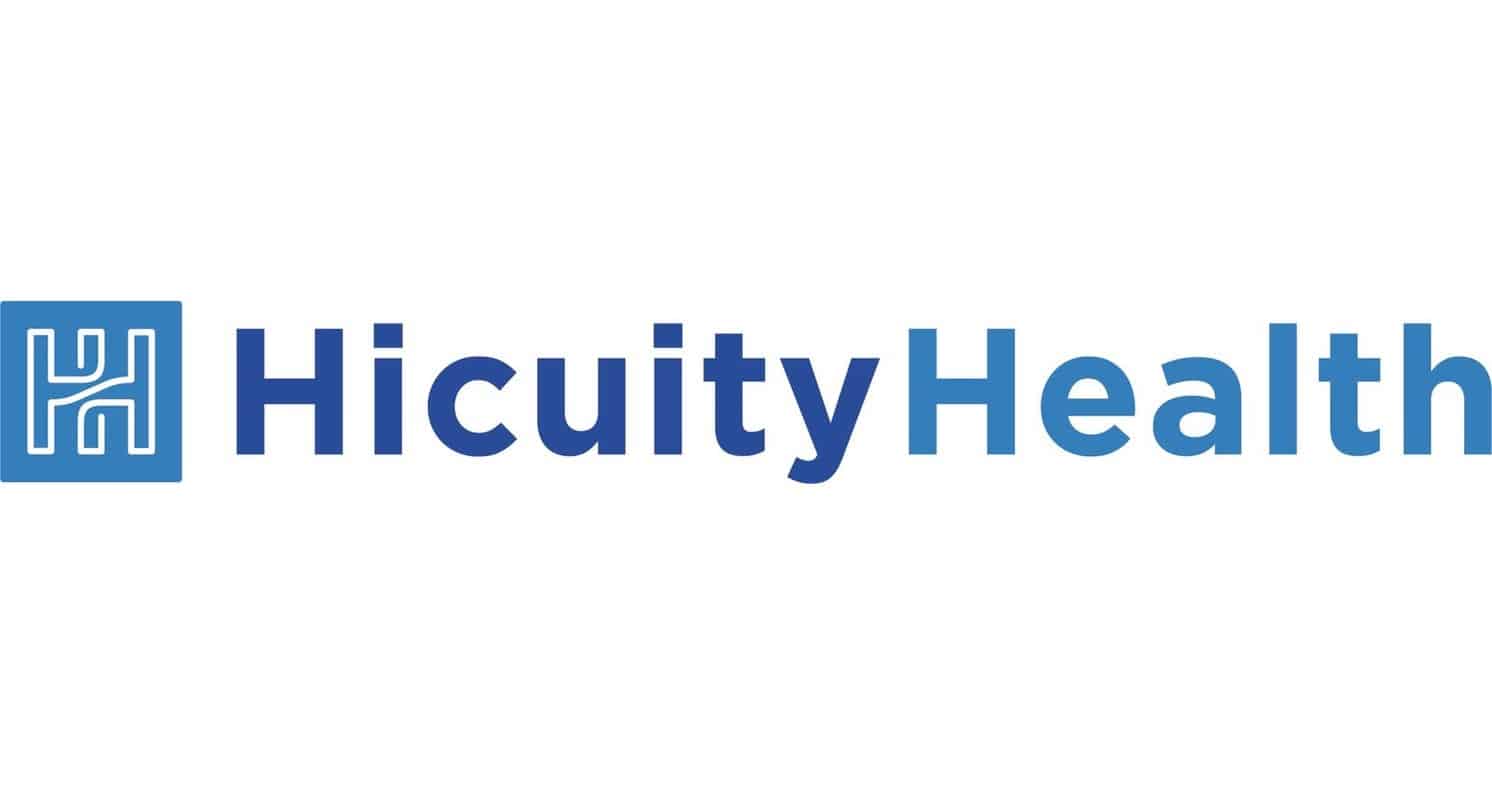



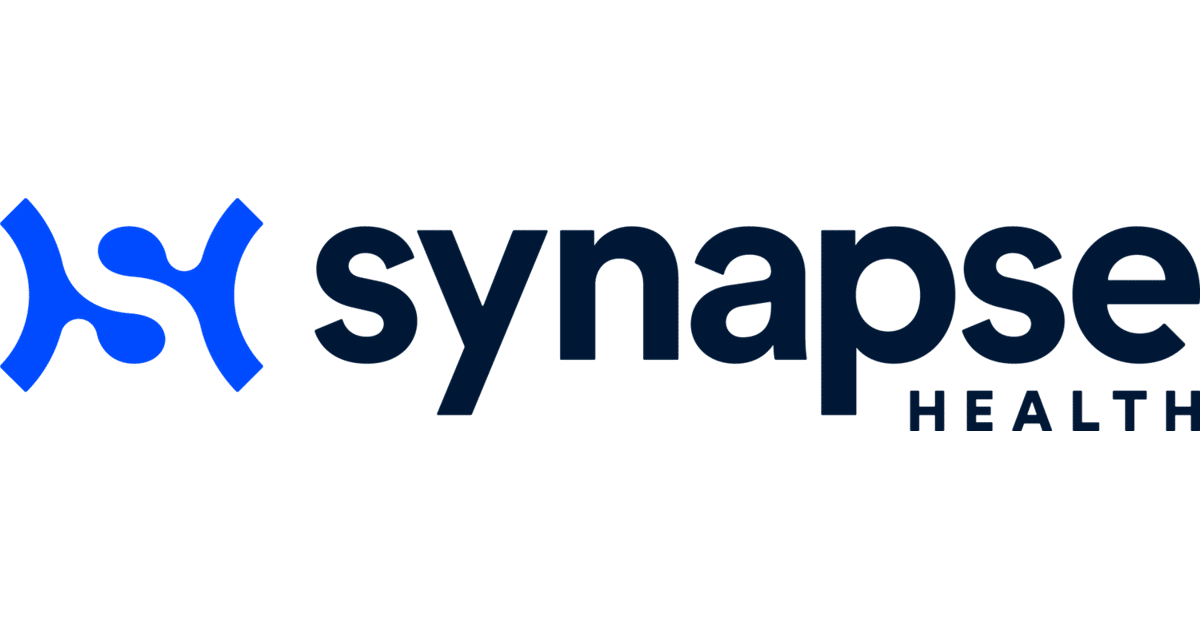
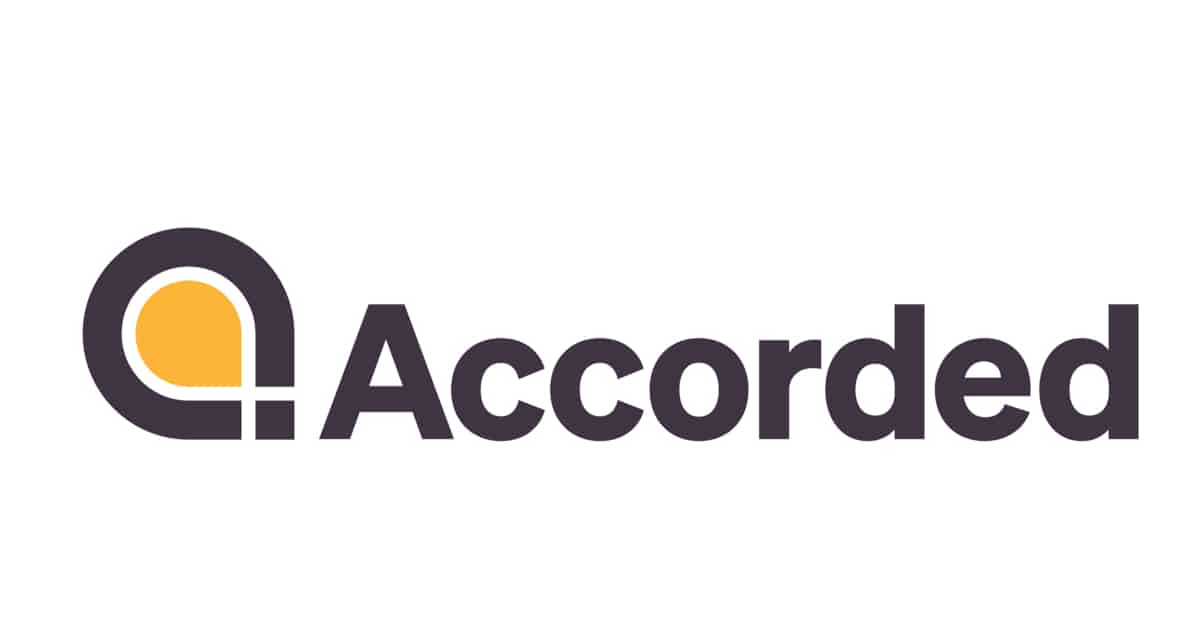


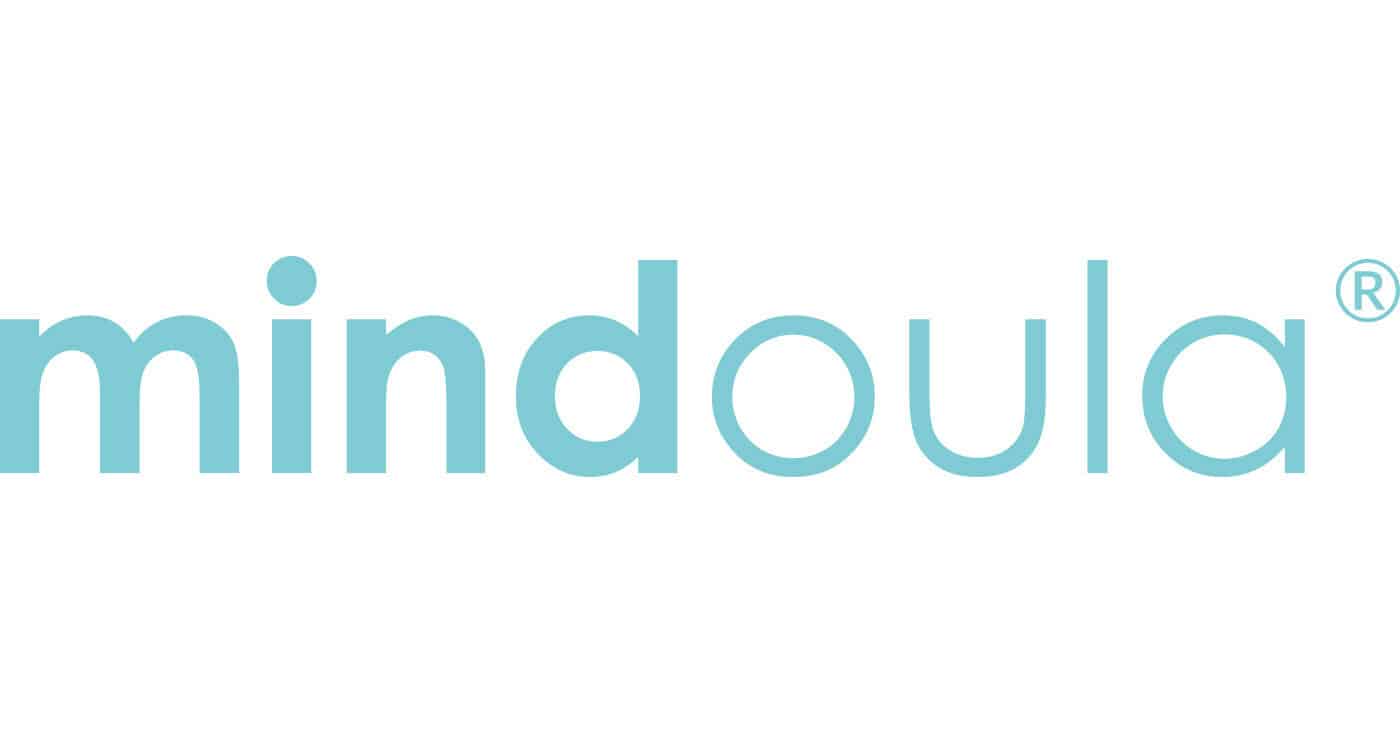

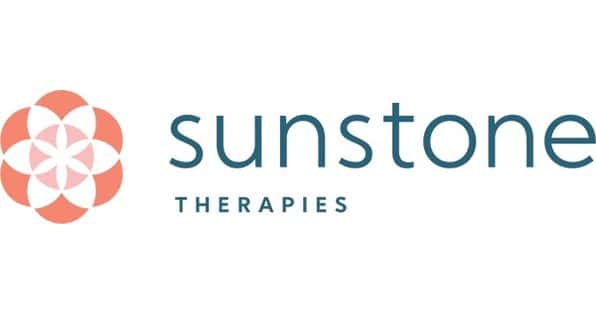
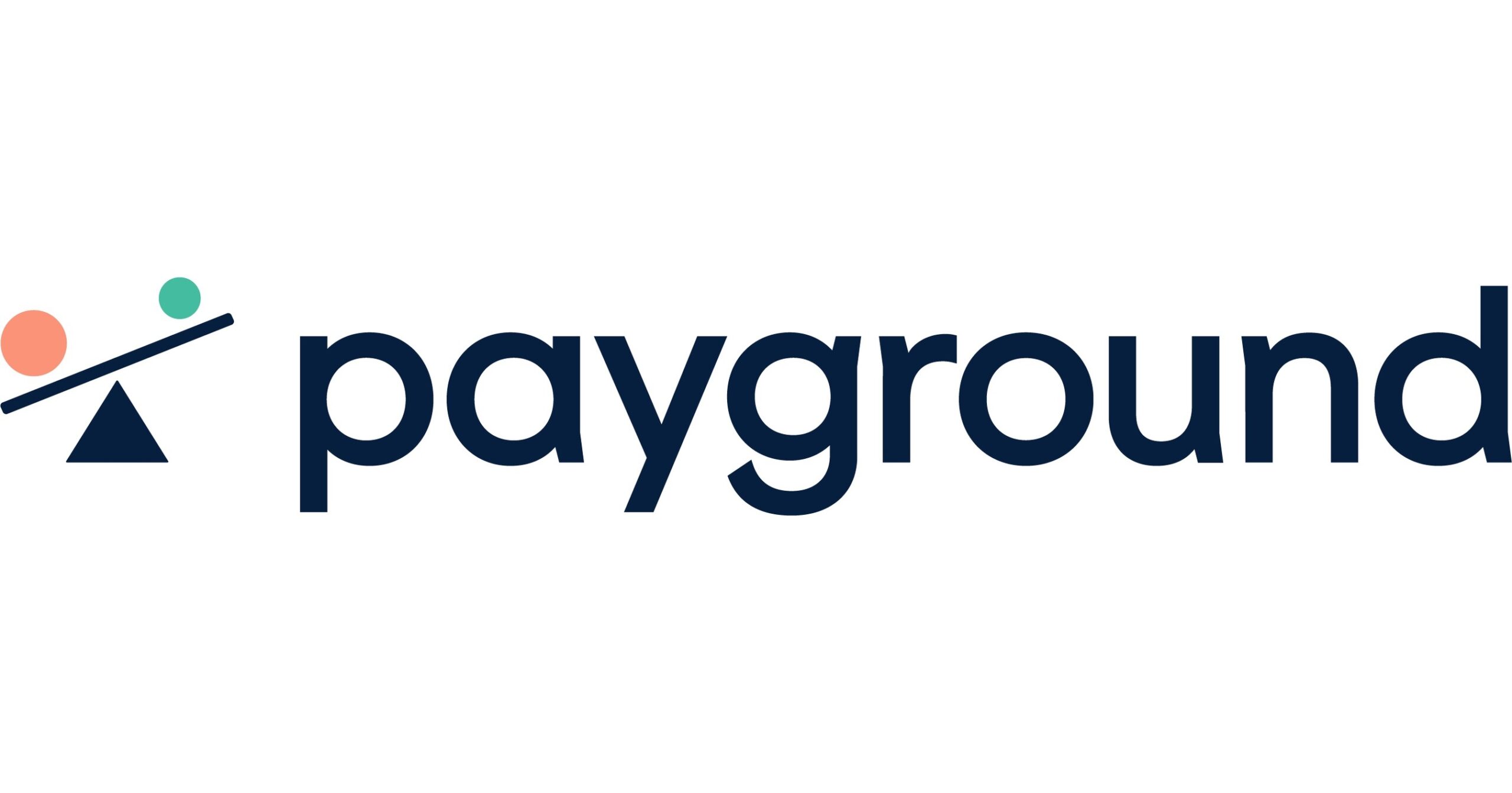



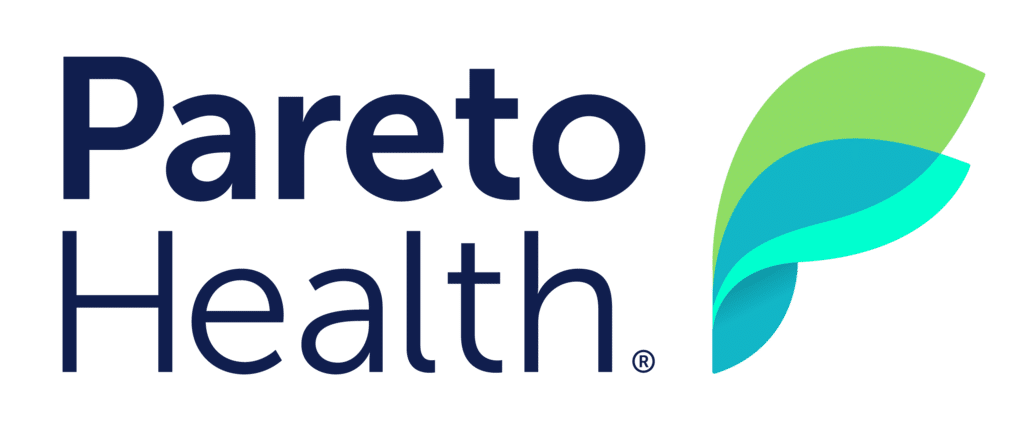


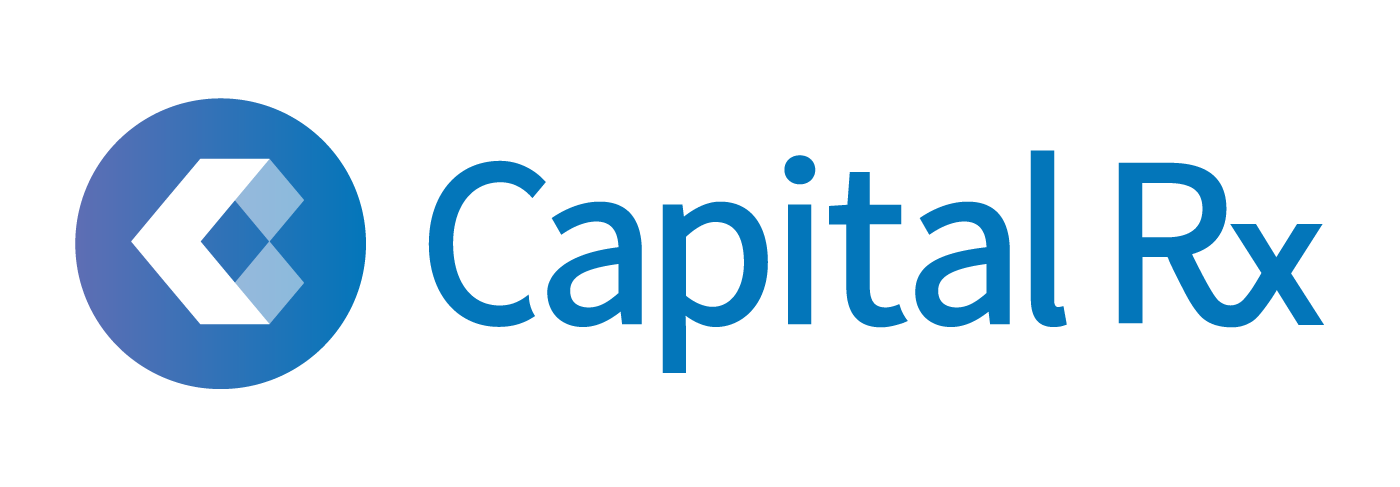
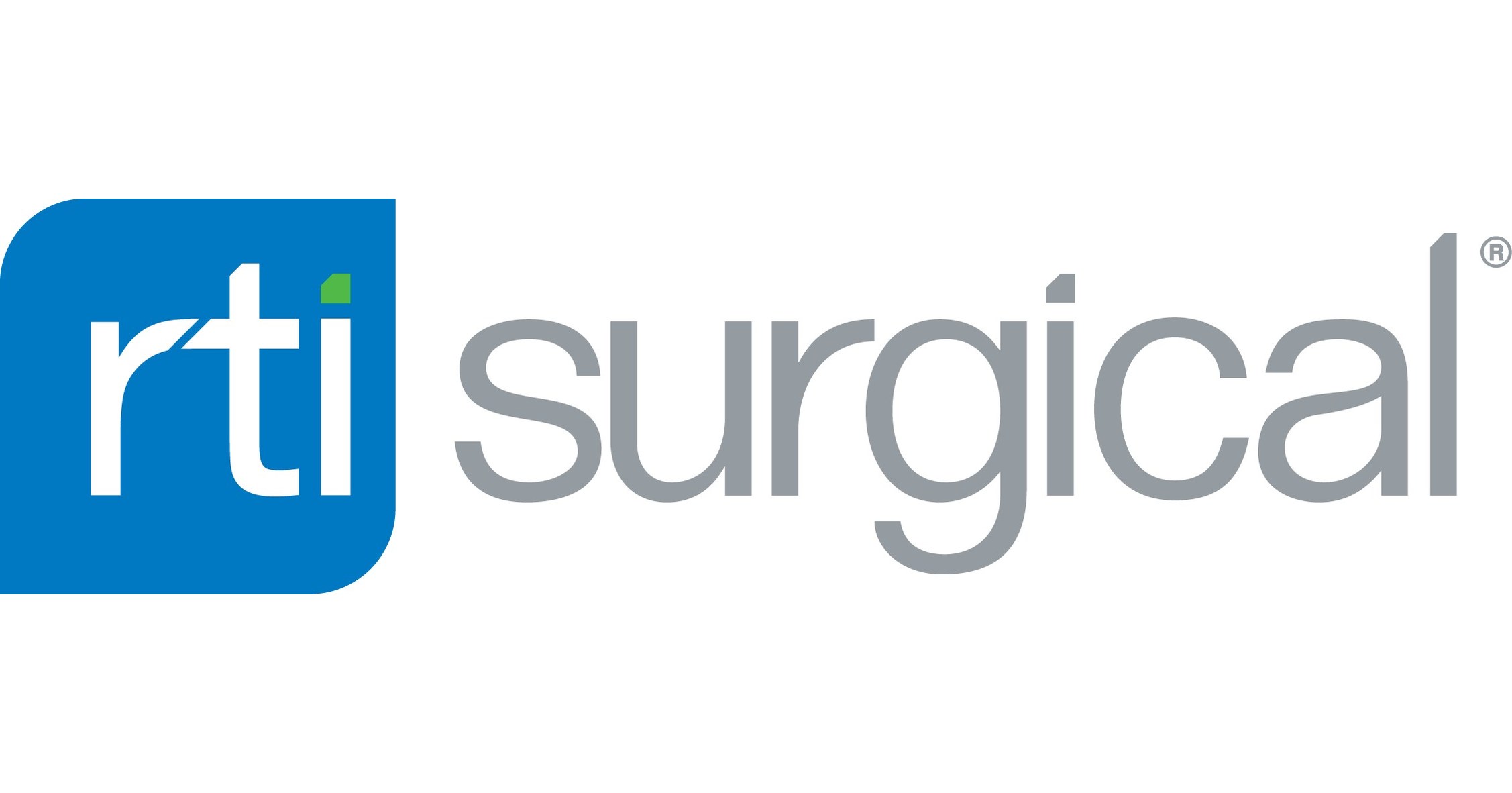



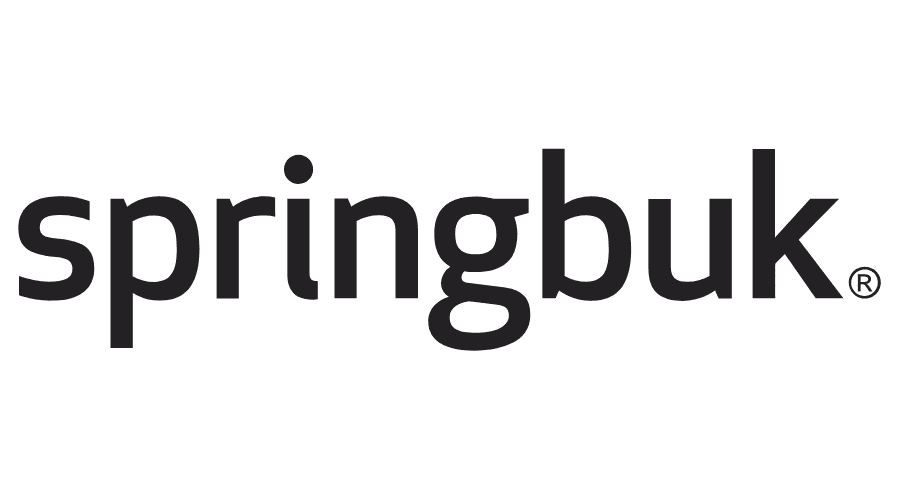



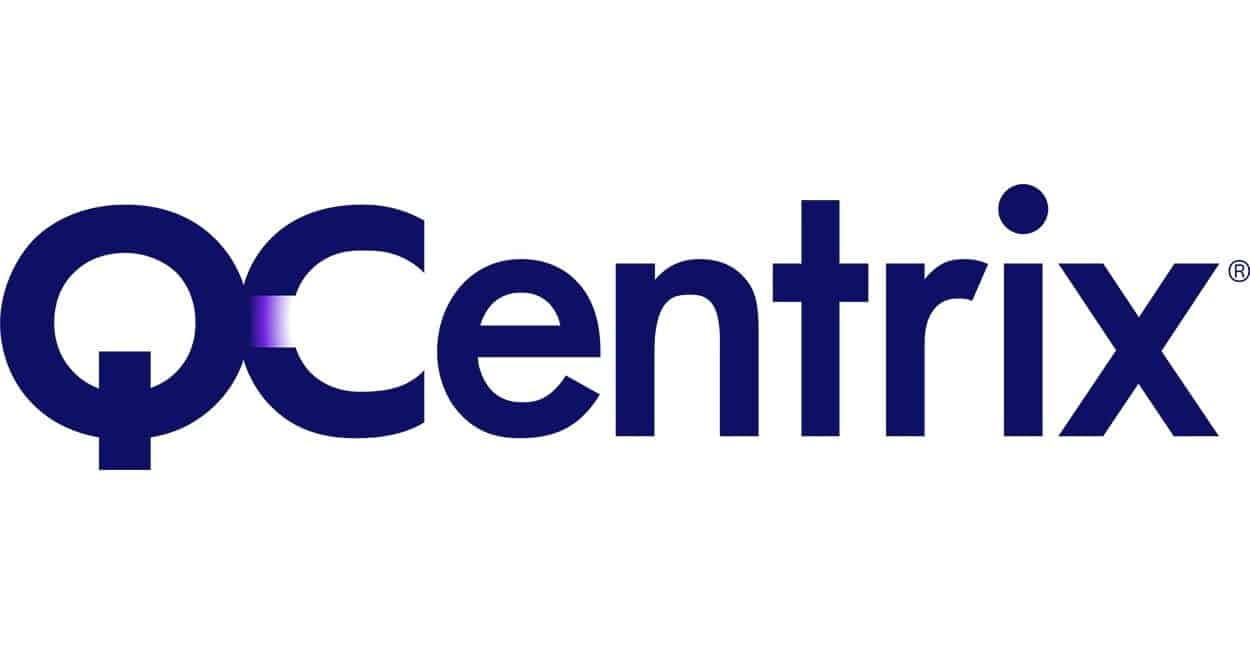





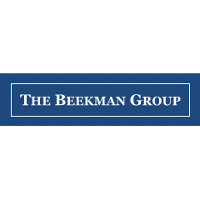





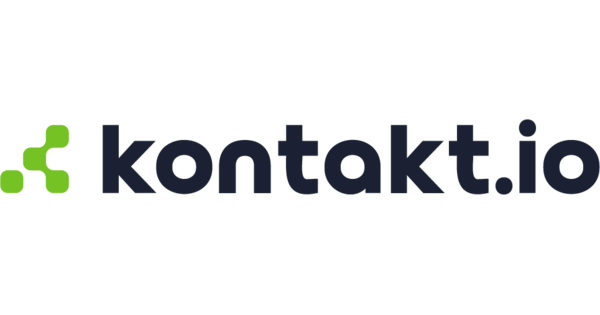
























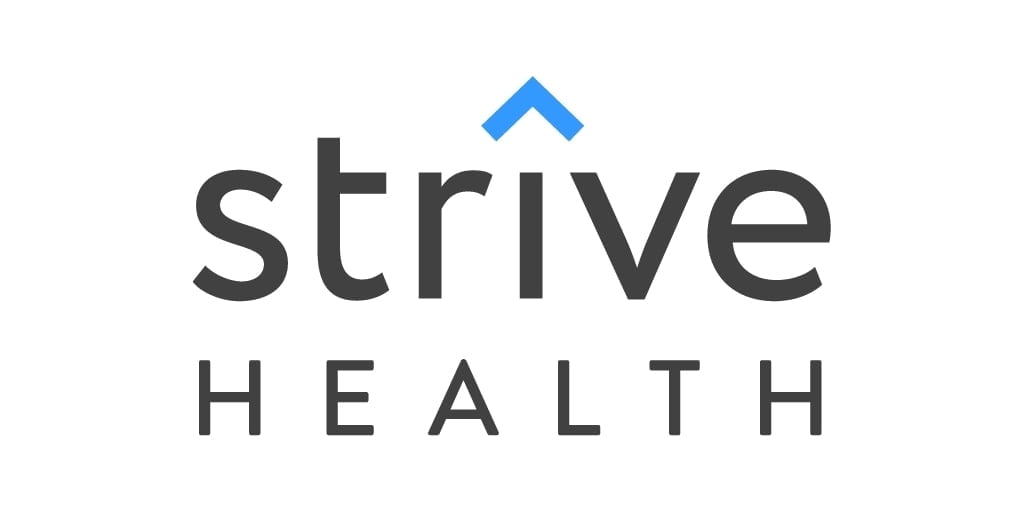



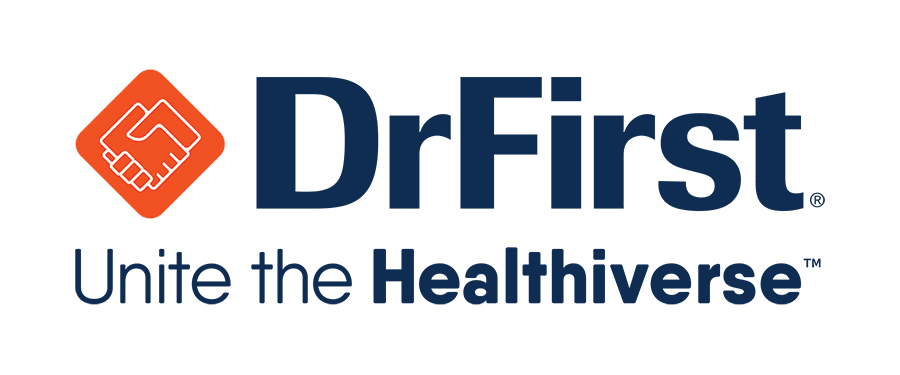


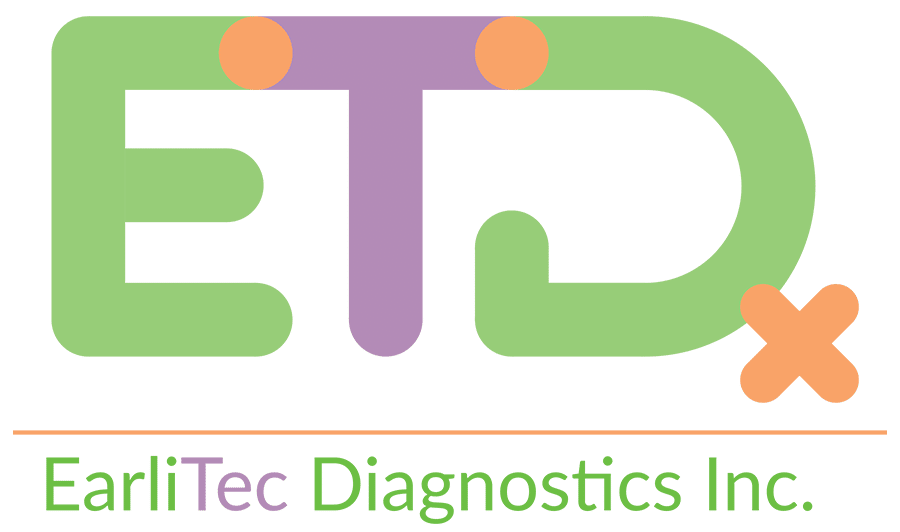


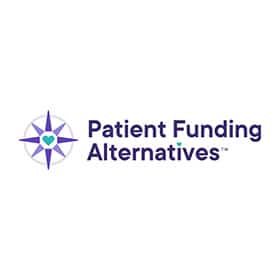

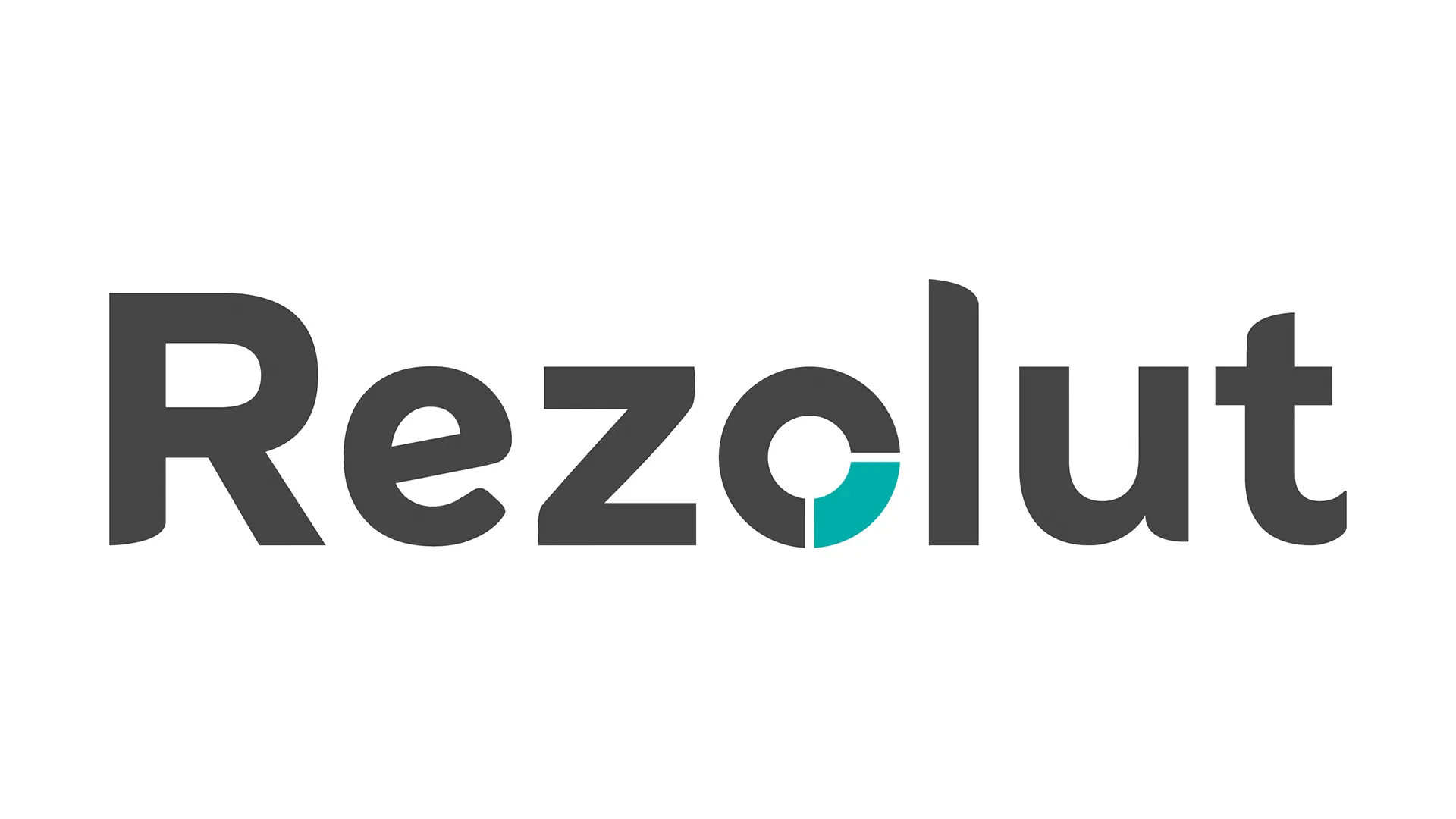


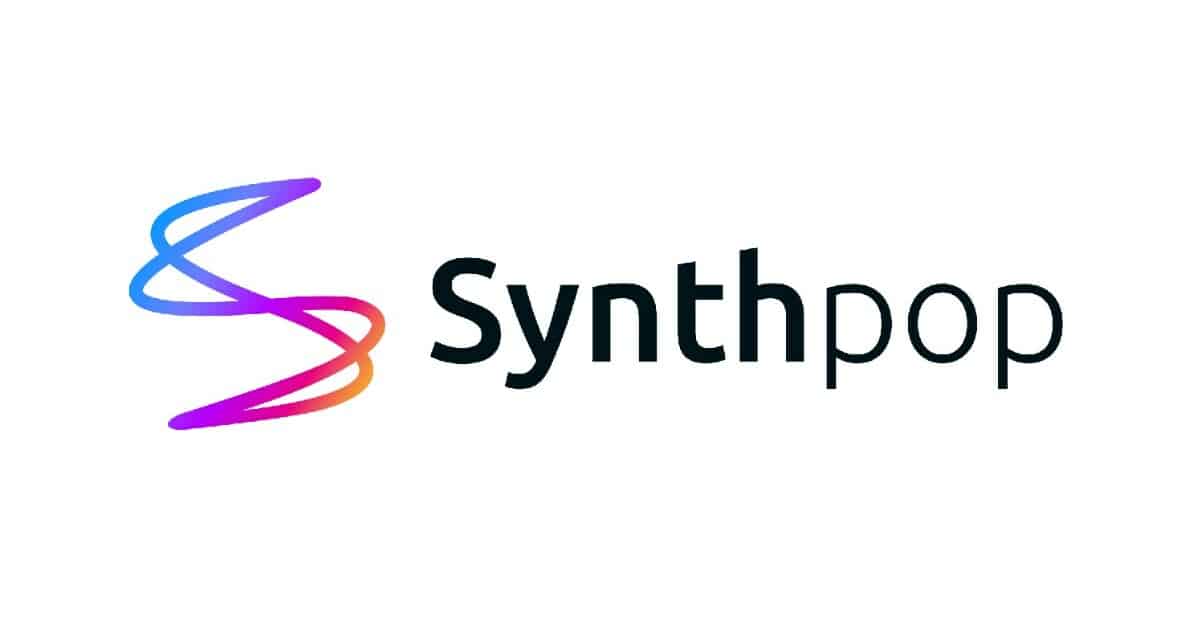







The One Big Beautiful Bill Act (OBBBA) has quickly become a focal point in healthcare policy discussions, raising questions about its potential impact and long-term implications. In this edition of ChasmConversations, Anil Joseph sat down with Brian Fortune, Founder of Farragut Square Group, to discuss the OBBBA and what it could mean for industry stakeholders.
Brian Fortune is a healthcare legislative and regulatory consultant with more than 20 years of experience in the Washington, DC, healthcare policy sector. As Founder of Farragut Square Group, he advises institutional investors and corporate stakeholders on federal and state healthcare policy, helping them navigate complex regulatory environments.
The One Big Beautiful Bill Act was enacted on July 4, 2025, and makes several changes to Medicaid, impacting both enrollment and federal funding. Given the nascent nature of the law, many healthcare investors and operators are still parsing through how provisions could impact Medicaid businesses in terms of utilization and rate stability.
Notably, the Medicaid provisions were designed to take effect gradually, with many of them not implemented until the late 2020s. Accordingly, much of the impact and state decision-making will likely occur in the medium term. However, the degree of pressure and the decision on how to respond will vary by state, with some opting for a more proactive approach to cutting spending, while others seek to delay provisions.
Two of the most important provisions of the bill directly affect state budgets by reducing the amount of federal matching dollars states can obtain through creative financing mechanisms. The first is limits on state-directed payments to providers from Medicaid managed care plans. The second is a gradual reduction in state provider taxes (except for nursing facility and intermediate care facility provider taxes) to a new ceiling of 3.5% from the current ceiling of 6% for expansion states.
Other major policies affect Medicaid enrollment, the most important of which is a new work requirement for able-bodied adults in order to retain Medicaid eligibility. As this policy affects a significant number of Medicaid expansion enrollees, where the federal matching share is 90%, it will also affect the amount of federal dollars in a state’s Medicaid budget.
Each state that faces a loss of federal matching dollars as OBBBA Medicaid policies begin to take effect in late 2027 and 2028 will have to adjust its service coverage and reimbursement, as all states must maintain balanced budgets. Each state will make those decisions in the context of its overall budget health and the magnitude of how the policy specifically affects it, as each state has different exposure to provider taxes and SDPs.
Although a useful talking point for advocates, Farragut does not take budget savings projections from the Congressional Budget Office (CBO) as gospel truth, as it is an integrated projection of savings off the federal baseline, and therefore every dollar removed in the first few years projects outsized baseline savings over 10 years, even though the actual specific reductions occurred only once. A second point is that roughly a third of that savings figure ($300B+) comes from the Medicaid work requirement. Still, few experts believe the policy will achieve anywhere near that impact, as providers, managed care, and states have an invested incentive to assist affected individuals in maintaining eligibility.
Moving forward, a more useful exercise is to look at each state’s exposure to provider tax and SDP reductions relative to their projected Medicaid budgets, as well as expanded or ancillary services that they might trim as a way to sidestep any major provider reimbursement cuts.
Given OBBBA’s intent to return to a pre-Affordable Care Act (ACA), statutorily accurate version of the Medicaid program, the Medicaid provisions of the law target expansion states. Of the 41 states (including DC) that adopted Medicaid expansion, 19 are governed by Republicans and 22 are governed by Democrats. While investors may focus on the eligibility and fiscal pressures on blue states, it is important to note that red states are implementing across-the-board (ATB) cuts well ahead of any OBBBA provisions going into effect.
This is driven by various factors, including “right-sizing” Medicaid programs in states such as Idaho and internal conflict among Republican legislators in North Carolina. And states with budget constraints, such as Illinois and Indiana, are signaling that they are considering near-term ATB cuts to their Medicaid programs. So while the law’s intent was to shore up resources for Medicaid’s intended populations of children, long-term disabled, and the elderly, services to those traditionally protected populations are on the receiving end of these ATB cuts.
Farragut advises our clients to consider the diversity of the expansion states’ approaches. While investor concern is concentrated on states like California and New York, we would argue that those states took full advantage of flexibilities to expand services and eligible populations. In turn, they have more options for avoiding ATB cuts by reducing non-mandatory benefits and non-statutory populations. On the other hand, if an expansion state did not pursue waivers and other tools to enhance its Medicaid programs, they have less “fat to trim.”
The primary provisions of concern for investors are the work requirement and provider taxes. Farragut reminds clients that many populations, including beneficiaries in active Substance Use Disorder (SUD) treatment, are exempt from the work and community engagement requirement, and the law intentionally times this provision for post-midterm implementation, at the earliest. States also have the option to apply for extensions, pushing implementation to January 1, 2029, if they successfully exhibit a “good faith” effort.
In addition, if states do not receive extensions, it is likely they will pursue a legal challenge on the grounds that implementing the work requirement is an unfunded mandate. The law allocates a total of $200 million to states for implementation, which is woefully inadequate to cover the costs for the 41 states that must comply. For example, Georgia, the only state with an active work requirement, has spent over $54 million on its Pathways program from October 2021 to March 2025. According to the Government Accountability Office (GAO), nearly 88% of that spending came from the federal government.
Skilled Nursing Facilities (SNFs) and Intermediate Care Facilities (ICFs) were carved out of provider taxes, concentrating the impact on hospital and Managed Care Organization (MCO) provider taxes in expansion states. The step-down from the 6% safe harbor threshold begins in 2027, FY 2028, and runs through FY 2032, or until affected provider taxes in expansion states reach the 3.5% threshold. Many expansion states do not have hospital or MCO provider taxes over 3.5%. Most do not have provider taxes above 5.5%. Should the provider tax provision not be ameliorated, states like Colorado, Connecticut, Oregon, Rhode Island, Vermont, and Virginia will need to address this decline in collections that start in 2026.
We advise clients on projected risks to both reimbursement and coverage, based on relevant state budget outlooks, a provider’s coverage mix of patients, and where they fall a continuum of risk in Medicaid, with more vulnerable populations being generally less at risk, and able-bodied adult populations being more so. We also see risk for ancillary services that are not core Medicaid benefits (e.g., adult dental) but are often added when state budgets are flush with cash and pulled back when budgets tighten.
The next two to three years will be very telling, as they will demonstrate how much some states may need to tighten eligibility and reimbursement before the adjustments to provider taxes. It will also be important from an advocacy standpoint, as any degree of pain on hospitals that serve a higher mix of Medicaid patients will be heard in Washington, and policy is always fluid. Washington is currently debating how painful the OBBBA policies will be and whether early implementation will amplify the pain. We won't be surprised if DC lawmakers try to ameliorate Medicaid policies before they take full effect.
ChasmConversations is an interview series presented by Chasm Partners featuring discussions with prominent entrepreneurs, investors, and leaders in today's healthcare industry. Access previous installments of the series here, and subscribe to receive future editions of ChasmConversations and related content directly in your inbox.








































































































































































































































































